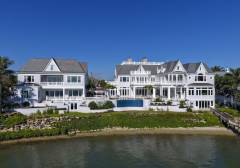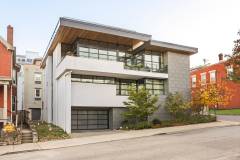With more than 65 years’ experience between them, Sheryl Chinowth and Lee Cohen, co-founders of Chinowth and Cohen Realtors, have proven to be leaders in the luxury real estate industry. Their experience has granted them the Lifetime Achievement Award at the Who’s Who in Luxury Real Estate (LRE) Fall Conference, being held in Washington, D.C., from September 24 to 27.
Their firm has received several recognitions since its establishment in 2004, including ‘Best in the World’ Real Estate Company by Tulsa World readers in 2015 and 2016, along with ‘Best of the Best’ Real Estate Company in Tulsa by readers of Oklahoma Magazine for six consecutive years.

Photo courtesy of Luxury Real Estate
Awarded twice annually to a longtime member of the LRE® network, the recipient of this prestigious award is selected by virtue of their outstanding peer recognition, relentless hard work and commitment to the real estate industry.
“Sheryl and Lee have grown one of the most successful real estate firms in the country. They are respected in the industry for their professionalism, hard work and commitment to their community,” said Who’s Who in Luxury Real Estate Chairman John Brian Losh. “It’s been an honor to call them friends and colleagues over the years.”
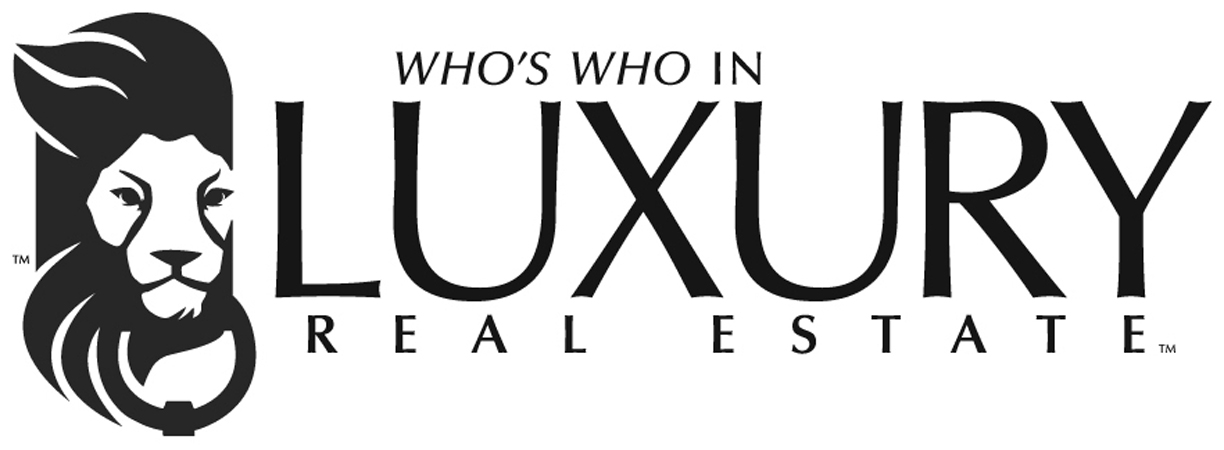
Photo courtesy of Luxury Real Estate
Along with being distinguished as a Top Realtor ranking in the top 3% nationally and top 1% in Tulsa County, Sheryl serves on the esteemed LRE® Executive Committee. She has previously received the LRE® Extraordinary Philanthropy award in 2013 for her commitment to giving back to the community.
Lee is currently active in the Greater Tulsa Area of Realtors (GTAR) RCA Committee, Legislative Committee and RPAC Committee. He is also a member of the Oklahoma Association Realtors Finance committee as well as a member of the REAL Trends Leadership Council.
Jeff Hyland and Drew Fenton are thrilled to present The Glazer Estate, located in Beverly Hills, California. Totaling approximately 27,500 square feet, the massive concrete home with a modern museum-style aesthetic was completed in 1995, and has since replaced the longtime home Dean Martin originally purchased in the 1950s. The property was most recently owned by late real estate developer Guilford Glazer and his wife, Diane Glazer.
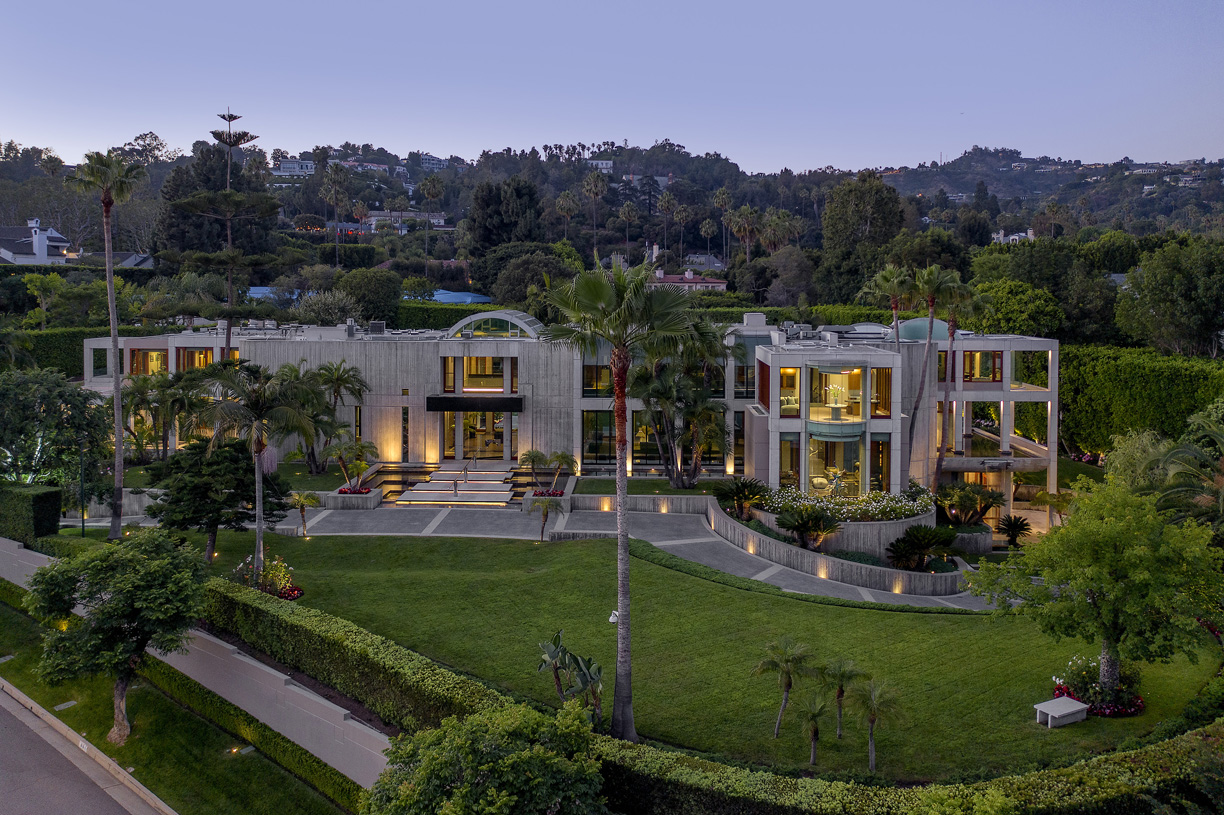
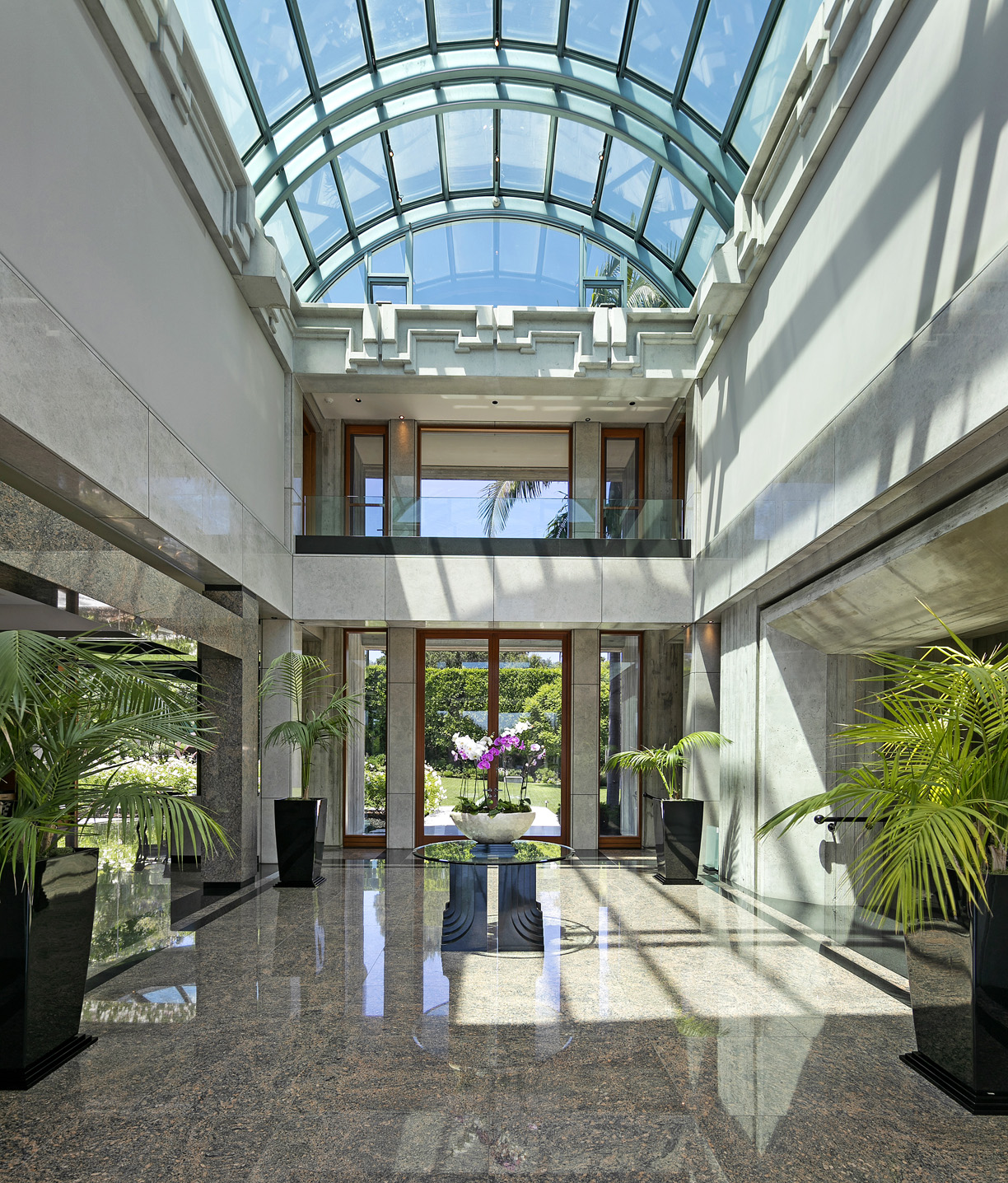
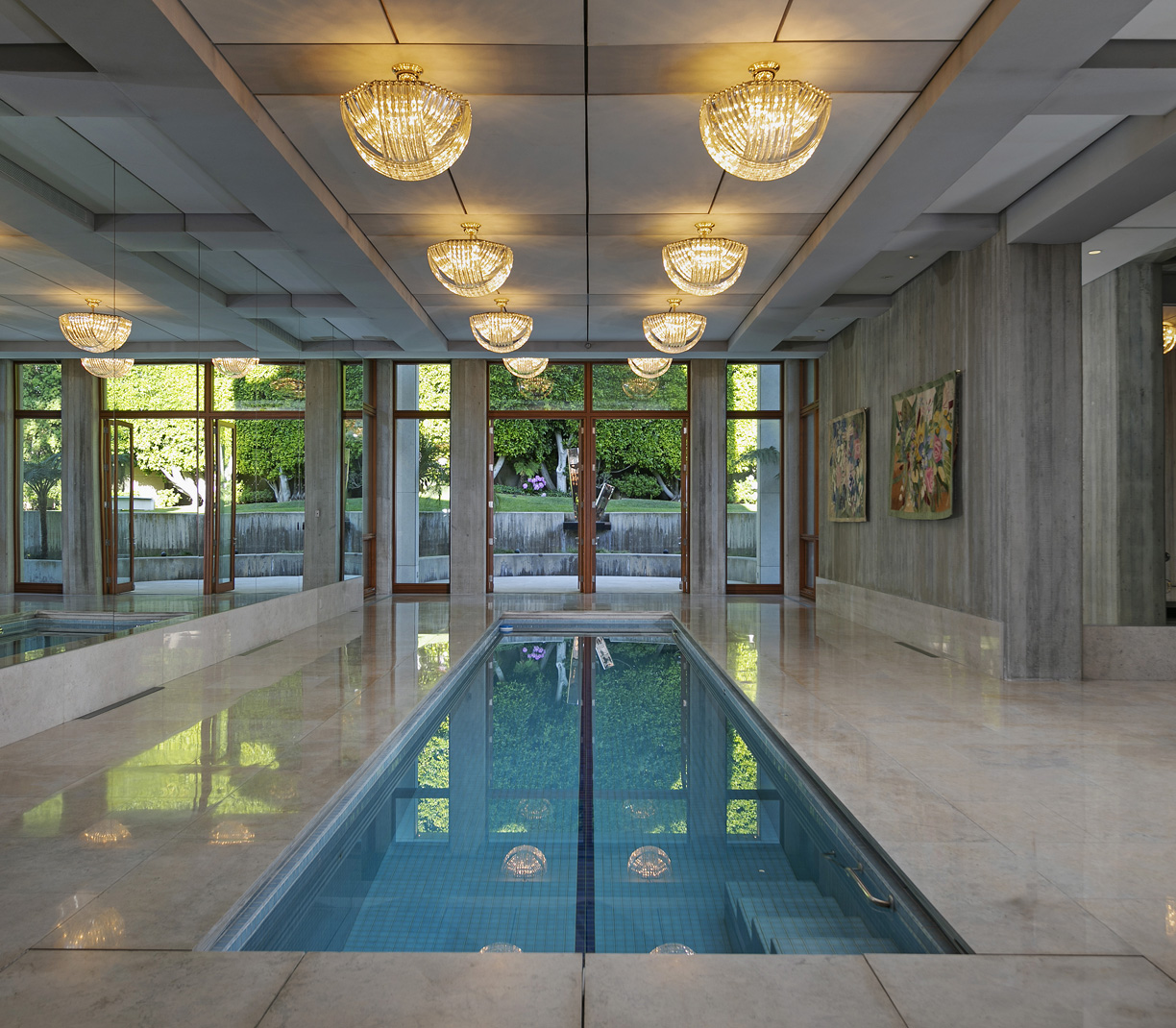
“Offering an exclusive Beverly Hills lifestyle, this rare gem is the ultimate in refinement and architectural prowess,” Hyland says.
Beautifully situated on 1.6+ acres in the most prime neighborhood of Beverly Hills real estate, Mountain Drive is arguably the best street in the city, making The Glazer Estate a world-class home in a world-class location.
Guests are instantly greeted by a long, private driveway surrounded by park-like grounds. With no expense spared, The Glazer Estate makes entertaining on a grand-scale seamless, with the ability to host over 1,000 guests.
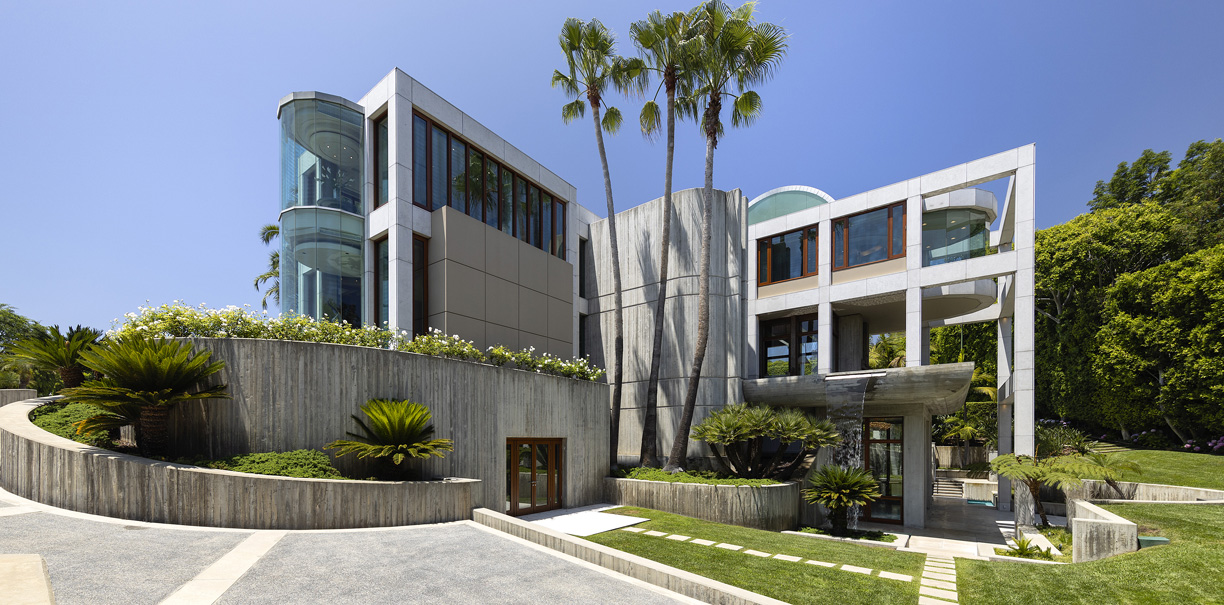
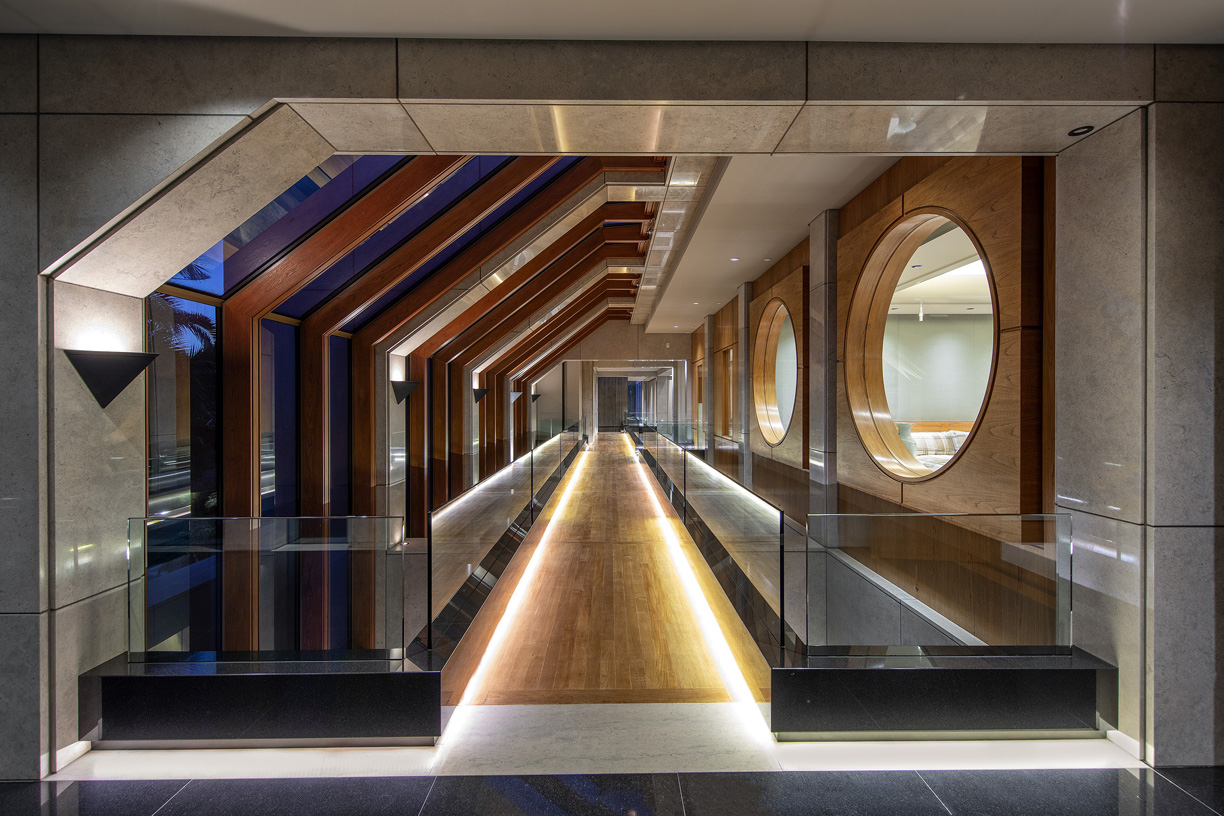
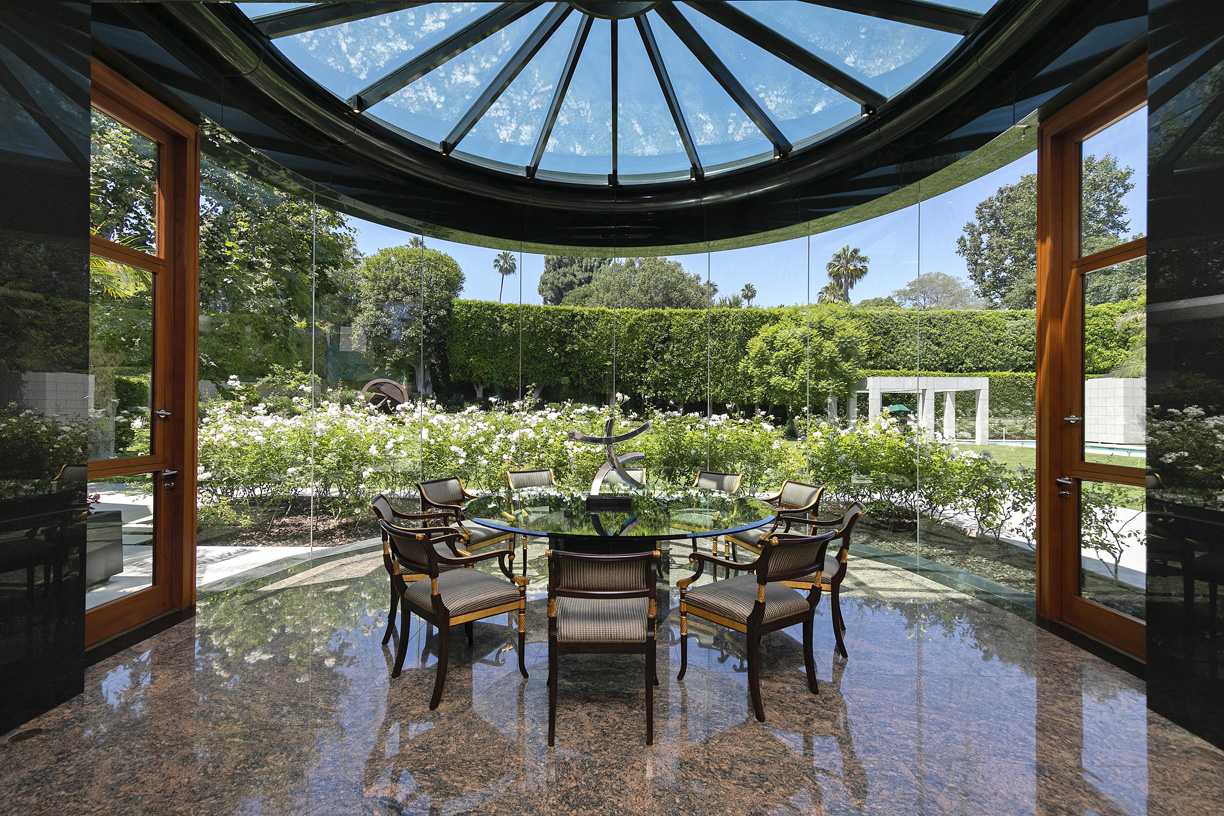
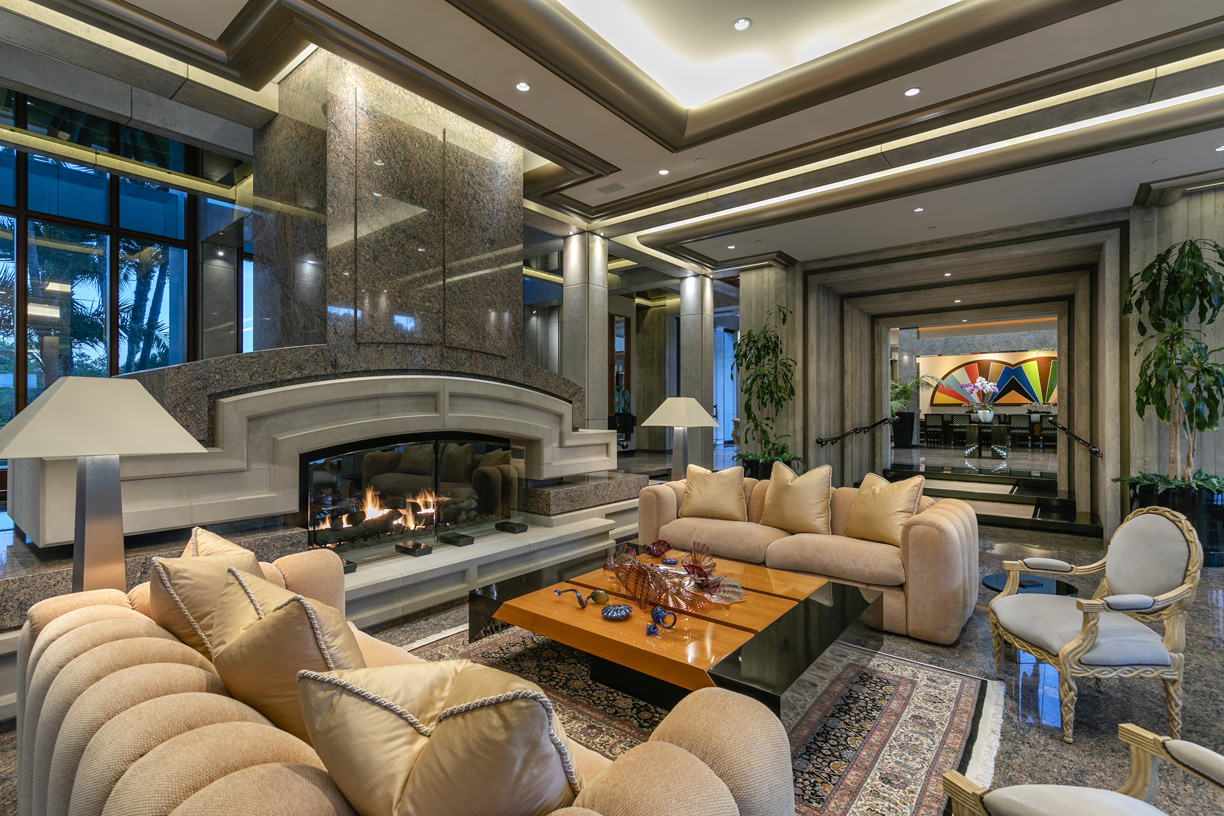

From large teak doors to a two-story atrium and theatrical water elements, only the highest level of quality is showcased throughout the residence. The open floor plan allows guests to flow between the grand formal dining room to the glass-enclosed junior dining room, formal living room, and an exceptional water lounge surrounded by ponds on all sides.
The lavish master retreat is a world unto itself, with dual baths and closets. Other standout amenities include indoor and outdoor pools as well as a ballroom.
Photos courtesy of Jim Bartsch
With a sleek, modern style becoming the new trend in home design, chandelier makers are turning from the traditional designs to modern light fixtures instead. Not only do they add an elegant and modern piece to the room, but they’re becoming pieces of art in their own right.
The creativity that goes into designing and manufacturing these modern chandeliers is pushing the boundaries on the line that constitutes furniture and works of art. With that said, here are some tips on choosing which modern chandelier is best for you:
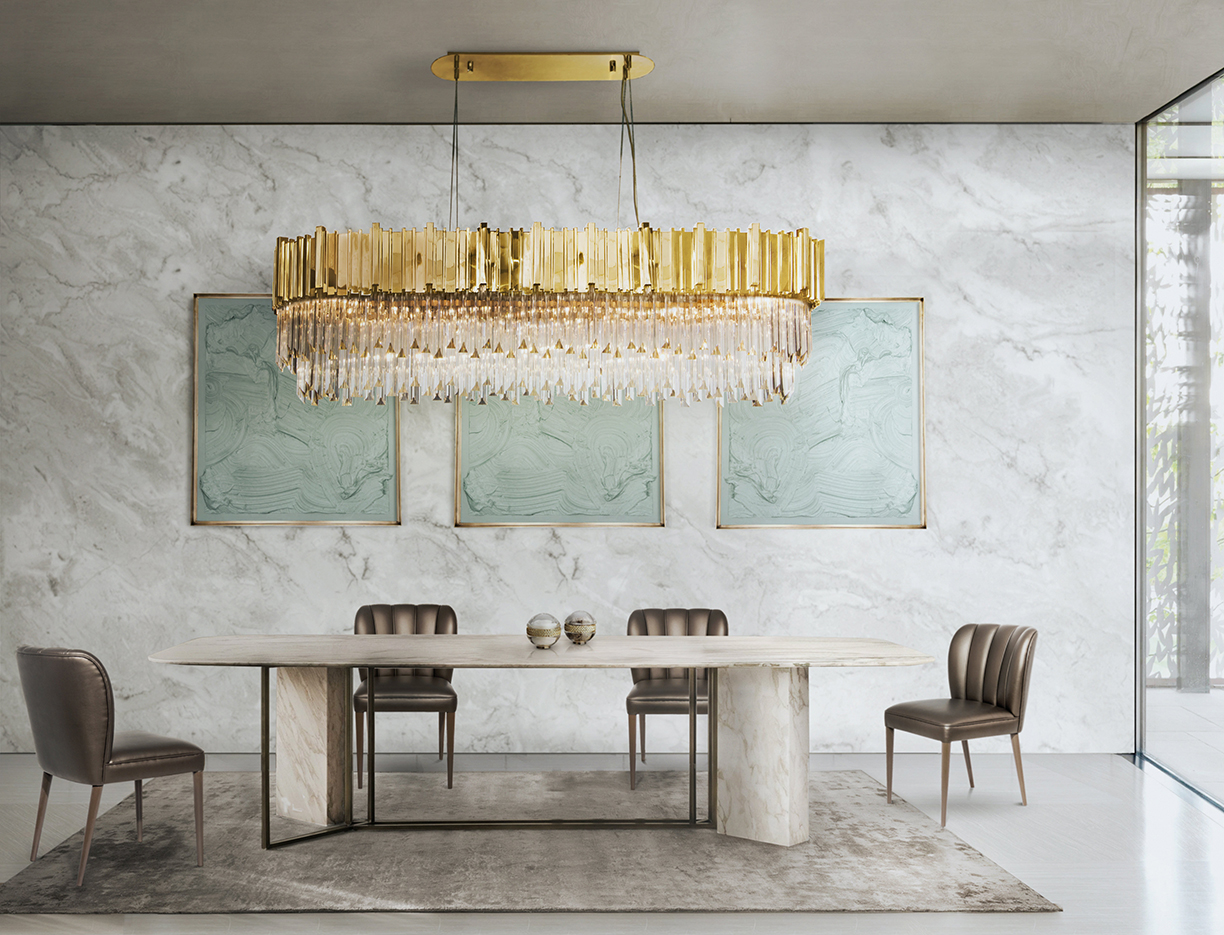
Photo courtesy of Covet NYC
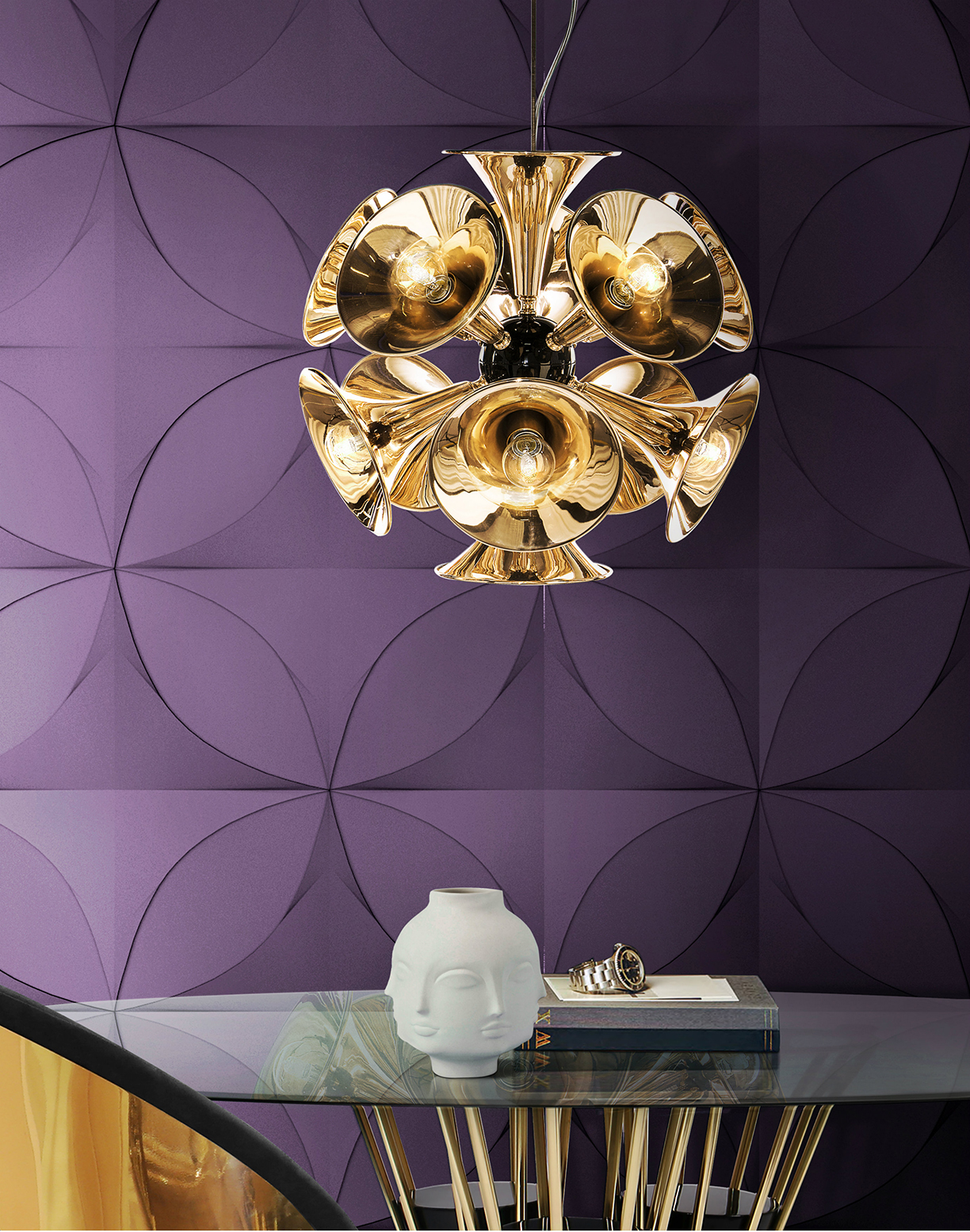
Photo courtesy of DelightFULL
1. Get Creative with Material
With any modern chandelier, the material matters. Getting creative with the material used to create the chandelier can add a great addition to the room’s decor. Creativity is proven to go a long way in designing the perfect modern chandelier.
The Botti pendant lamp, inspired by the American trumpet player Chris Botti, adds a fun twist by using trumpets as the main material of the chandelier. While still luxurious in its style and design, it adds personality and a conversation piece to the space. While the chandelier is more retro in its style, using a creative material and thinking outside of the box can be beneficial for whichever style is preferred.
2. The Space it Resides
Both small and large chandeliers can be a great addition to any space. It’s important, however, to consider the type of space when choosing which modern chandelier to include in it. For a foyer or room with high ceilings, look for a larger chandelier to create a major focal point. In spaces like dining and living rooms, a smaller chandelier will still be a work of art, yet it won’t take away from the rest of the design in the space.

Photos courtesy of Muse Residences
In recent years, more and more hotels and apartment buildings are getting rid of the traditional designs and replacing them with modern and sophisticated styles instead. The modern chandelier in this residential building is certainly the focal point, simply for its sheer size and elegance. When visitors and residents walk into the building, they are in awe of its design.
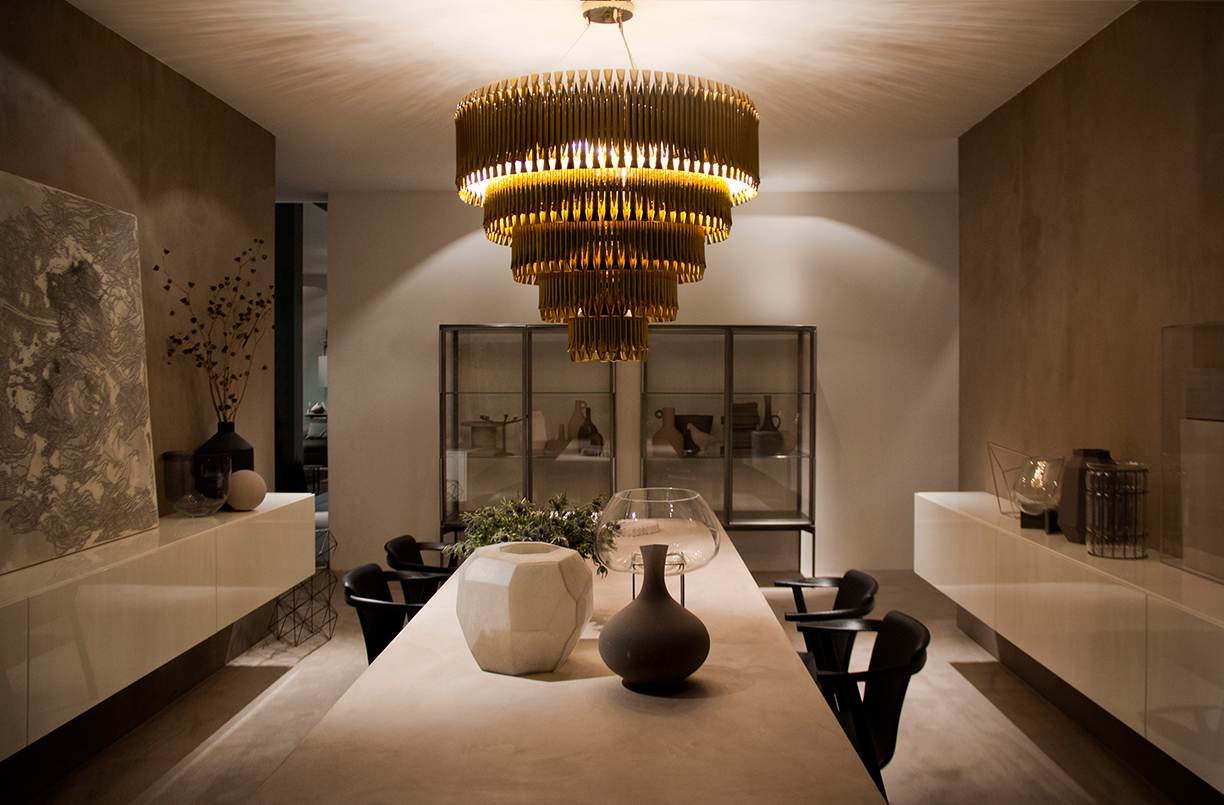
Photos courtesy of DelightFULL
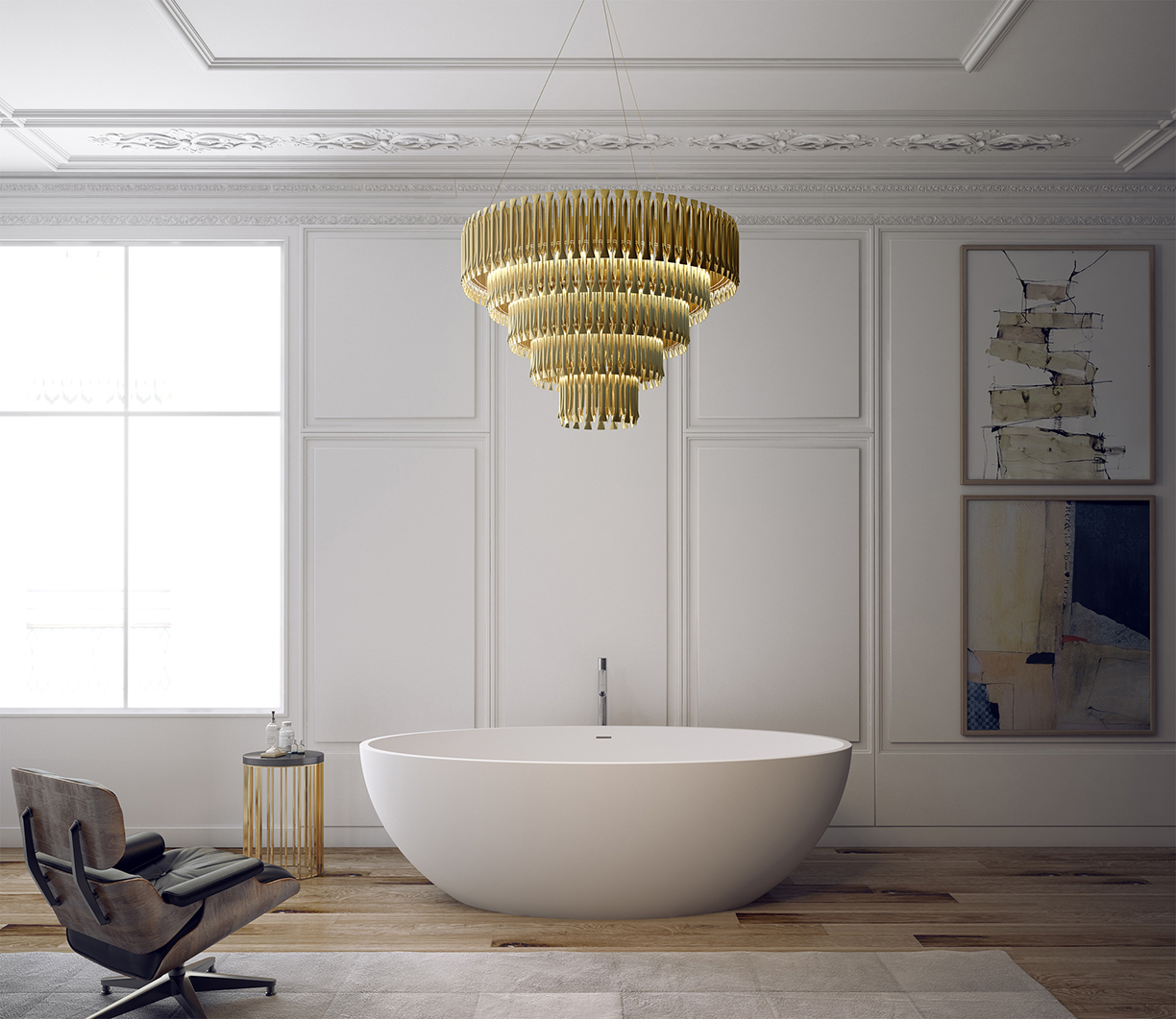
3. The Lighting
In terms of lighting, either a dramatic flair or a softer hue can be a great addition to any space. While the design and material of chandeliers can be similar, the lighting can make a major difference in the atmosphere in the space.
While the first chandelier provides a dramatic light in a darker room, the second provides a more subtle light in a room ample natural light. Both, however, add to the design and atmosphere of the space.
4. A Work of Art
Regardless of the material, design and lighting, it’s crucial to remember the creativity a modern chandelier allows. Whether it’s above a dining table, in the living room as a statement piece or the focal point of the foyer, modern chandeliers aren’t simply light fixtures anymore — they’re works of art.
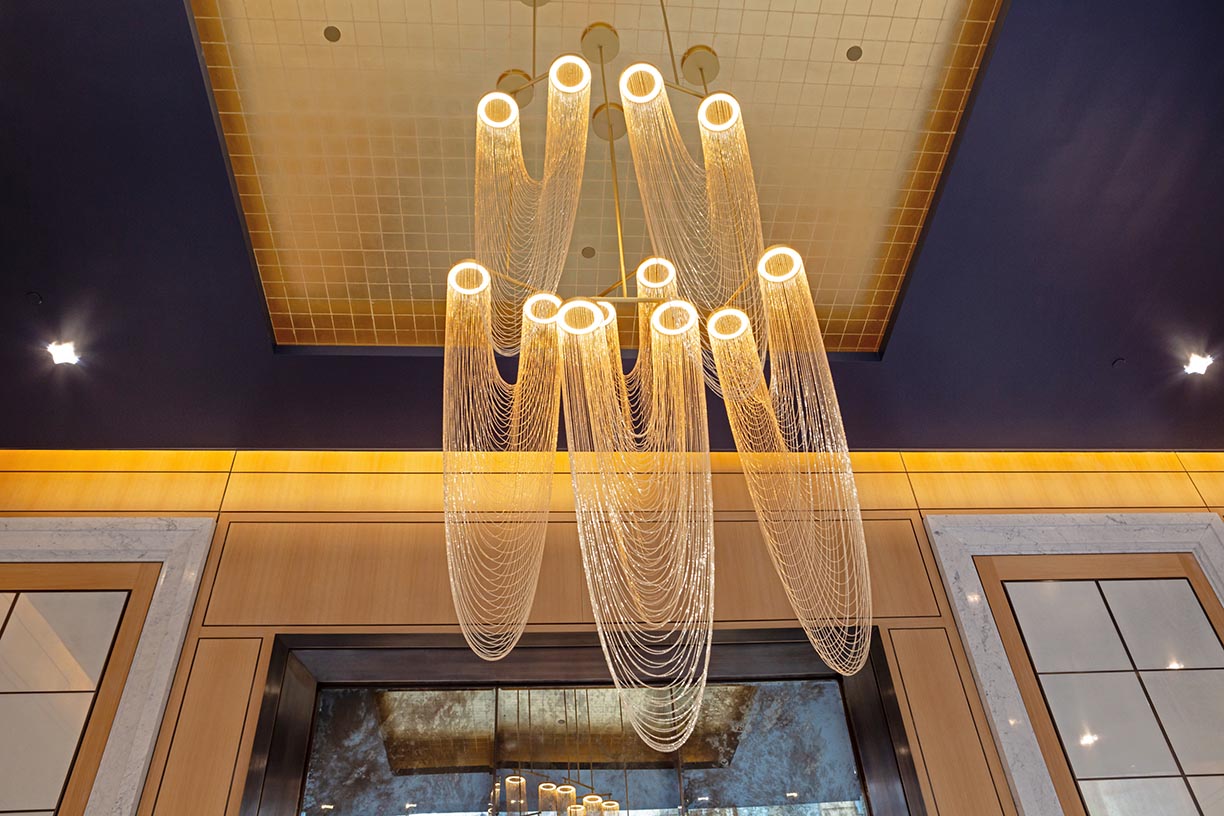
Photo courtesy of The Alyn
Wellness may be a hot topic, but not everyone is sure what it means.
Every year one topic seems to dominate real estate. This year it’s wellness. Yet, if you ask designers and architects what comprises wellness in he home you are apt to get a variety of responses ranging from connections to nature to spaces for meditation or yoga to air quality. Some might point to certifications such as Wellness Within Your Walls or the WELL Building Standard or biophilic design. Others say LEED and other green certifications address wellness.
“I think health and wellness is still in the ‘public education’ stage of what it means. All last year you’re hearing it more and more and more. But I still think it’s educating the designer,” and the public, says Beverly Hills designer Christopher Grubb, president of Arch-Interiors Design Group. Designers often understand the term as it applies to LEED accreditation or to aging in place, but not necessarily the overall concept.
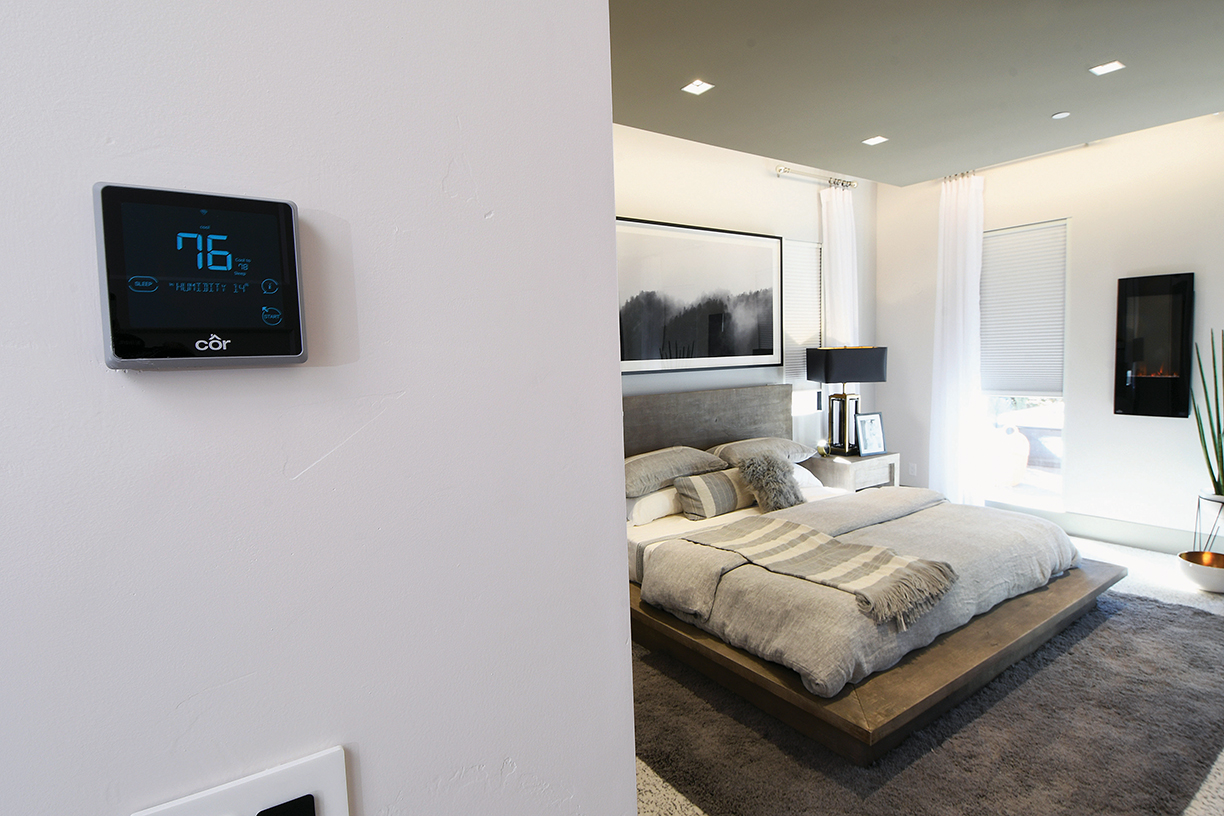
“It might mean one thing to one person and something else to another,” says designer Allie Mann with Case Architects and Remodelers in Washington, D.C., noting that some might be caught up in the movement without fully understanding it.
“I think that this is really being driven by a lot of consumer behavior. When it comes to the builder-developer world, I think our consumers are much more educated. I think they know what they want. They just don’t know how to get there,” says Angela Harris, creative director and principal of TRIO, an award-winning, market-driven, full-service interior design firm in Denver.
“Health and wellness is a new frontier for all of us, says Jacob Atalla, vice president of sustainability for KB Home. KB Home, along with Hanley Wood, KTGY Architects and Delos, a tech and wellness company, created a concept home outside of Las Vegas in Henderson, Nevada, to illustrate what a home designed with wellness as a core value looks like and how it functions. “It is the home story of the future,” he says.
Even though wellness seems to have suddenly burst onto the housing scene in the last year, the idea of connecting home to health is not new. More than 20 years ago, health issues potentially linked to building materials and toxic conditions such as black mold gained attention, giving rise to the term sick building syndrome. Since then, awareness of the relationship between the built environment and health has been growing. A decade ago, new technologies led to the development of products that either reduced the level of toxic contaminants released into the indoor ecosystem or scrubbed the air of VOCs (volatile organic compounds). Other concerns about noise, water and connections with the natural environment were also beginning to surface. At the same time, health and wellness was becoming an important value for consumers worldwide, expanding beyond fitness to include personalized medicine, mind-body connections, spa, wellness tourism and also the built environment.
By 2015, wellness had morphed into a $3.7 trillion industry worldwide, according to the Global Wellness Institute, and climbed an additional 6.4 percent annually to reach $4.2 trillion in 2017. One of the fastest growing sectors in the wellness space is a category called Wellness Lifestyle Real Estate, which includes everything in the built environment that incorporates wellness elements in design, construction, amenities and service. In addition to physical well-being, wellness real estate also addresses social wellness and mental, emotional and spiritual wellness.
The biggest difference between homes designed to promote wellness and homes that address air quality or other environmental factors that impact physical health is that wellness is integral to the design and permeates every aspect of the home from floor plan to amenities. “Overall you are programming the home to be more livable,” says Harris.
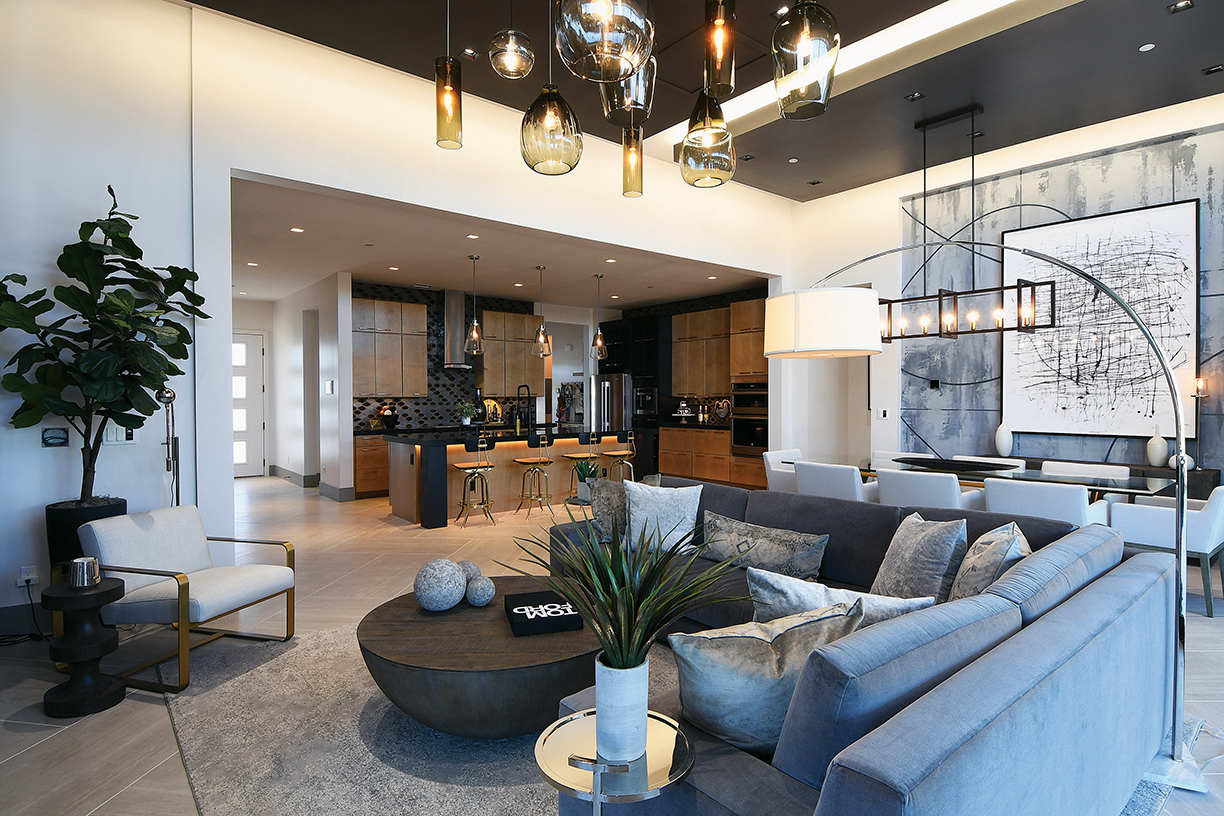
Frustrated by the lack of attention to the ways in which indoor environments influence health, Phil Scalia, a former partner at Goldman Sachs, founded the initiative that eventually became Delos, which has been on the forefront of wellness in the built environment for more than 10 years. In 2014, Delos established the WELL Building Standard, which was initially applied to commercial buildings. Over 1,200 projects in 45 countries, across over 250 million square feet of commercial real estate, fall under the WELL umbrella. The WELL standard focuses on seven categories of building performance: air, water, nourishment, light, fitness, comfort and mind. Additionally, it takes connections between a building and the surroundings into consideration.
During groundbreaking work on EcoManor, the first LEED Gold certified single-family residence in the U.S., designer Jillian Pritchard Cooke discovered that both consumers and design and construction professionals lacked accurate information on how to reduce toxins in the interior environment. That was the inspiration for Wellness Within Your Walls, another wellness certification that offers education on building and designing healthier interior environments. The focus is on materials both for construction and also furnishings and finishes.
Another more recent wellness initiative centers around the principles of biophilic design and the benefits of bringing natural elements into buildings. In 2016, Amanda Sturgeon, a biophilic design expert and CEO of the International Living Future Institute spearheaded the Biophilic Design Initiative. In addition to designers, builders and architects, current proponents include tech companies who have added natural elements to buildings to increase productivity and reduce stress for workers.
This year, it’s fair to say wellness is coming home as attention shifts from commercial to residential applications. The KB ProjeKt Home takes wellness in residential structures to the next level. Not only are established practices regarding connections with the outdoors, indoor toxins and air quality embedded in the design, but a synergy with smart home tech transforms wellness from a passive attribute into one that is active.
“The motivation was to examine how we can make the home healthier and at the same time how do we engage that home in partnering with the occupants, with the people living in it, to enhance their health and wellness or engage them in making the environment they live in better. We know that about 90 percent of our lives are spent indoors, and a lot of that indoor living is in your own home,” Atalla explains. Recent research from Hanley Wood shows that homeowners believe housing is essential or extremely important to good health, and two-thirds say the right housing environment could cut annual medical costs by 40 percent.
Central to the home’s wellness quotient is an innovative smart system, dubbed DARWIN, developed by Delos. This first of its kind, home wellness intelligence network constantly monitors the home environment and interacts with and adjusts systems in the home as needed. A network of sensors built into the walls — there are nine in the ProjeKt Home — constantly tests air quality.
If it detects problems with air quality, containments or chemicals from everyday products, DARWIN directs the climate control systems to bring more fresh air to that room. Water quality is also monitored, and purified water is delivered to every fixture in the home. “You have a wellness intelligence system that is constantly doing things on your behalf to increase your wellbeing,” says Atalla.
The system also monitors the plumbing system and alerts homeowners to leaks. Sleep is an important wellness component and the master bedroom in this home is primed to promote slumber. Special noise-damping drywall ensures quiet. Motorized shades block out exterior light. “Total quietness, total darkness, and circadian rhythms help you sleep,” adds Atalla.
Lighting is another mainstay of wellness formulas, both natural light from large windows and expanses of glass as well as interior lighting keyed to circadian rhythms. DARWIN adjusts lights to match the time of day. But what makes this function more worthwhile is the homeowner can change the lighting to produce a desired effect, which means the lights can create an energizing morning environment even if morning comes at 5 a.m. on a stormy day.

A living garden wall enables the home to grow herbs and microgreens. Turning the home and kitchen into a place to produce healthy food is an emerging area of innovation for kitchens.
Social interaction is another wellness component, and community design increasingly takes social interaction into account with spaces such as walking trails, parks and coffee houses designed to encourage interaction and encounters among residents as part of everyday life.
It might seem like a big jump to add wellness to typical new homes, particularly production homes, but Atalla says the KB ProjeKt Home is an example of what can be done. Additionally, Harris says it’s often an easy tweak to add features such as water filtration in the kitchen and master bath. “That doesn’t cost a whole lot. And again, I think it’s just about livability and how you’re programming your floor plan to be more livable.”
Looking ahead, most research points to continued growth of the wellness economy, with new initiatives approaching wellness from the perspective of design, construction, materials and function. There are now more than 740 wellness real estate and community developments built or in development across 34 countries — a number that grows weekly according to the Global Wellness Institute.
Right now, the $134 billion wellness real estate market is about half the size of the global green building industry and projections call for the pace to continue. “But the wellness market isn’t just growing, it’s extremely dynamic. We believe that the three sectors that represent the core spheres of life will see the strongest future growth — wellness real estate, workplace wellness and wellness tourism — while other sectors will also grow as they support the integration of wellness into all aspects of daily life,” says Ophelia Yeung, senior research fellow, GWI.
Whether you’re organizing that shoe collection that keeps on growing, displaying your endless accessories, or if you’re striving for a clean, minimalist style and feel, a little extra storage never hurt. Even pricey and luxurious apartments in places such as New York City aren’t offering much space.
Get inspired with these storage tips and find the perfect place for everything in your home.
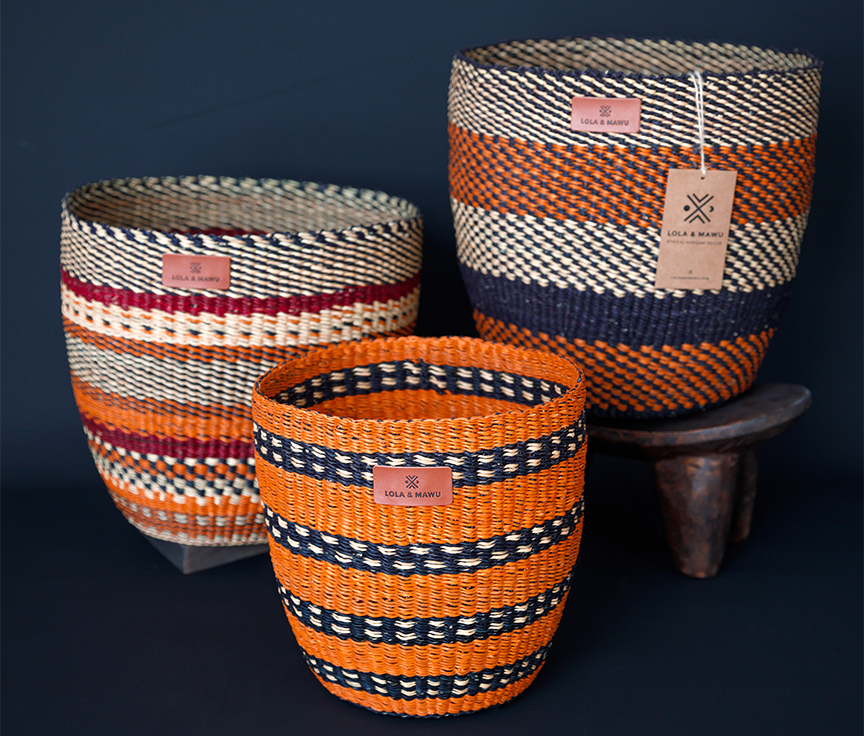
Photo courtesy of Lola & Mawu
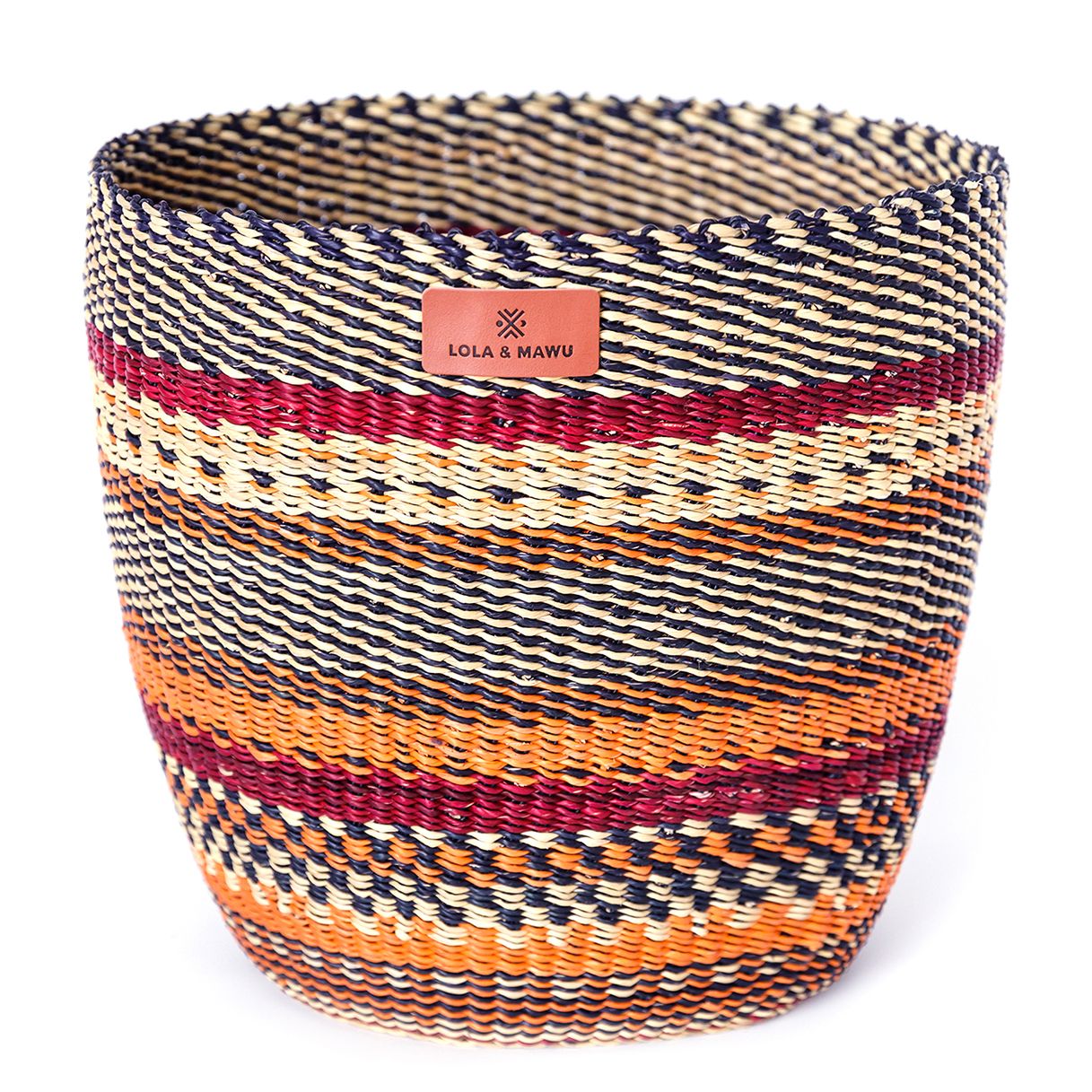
Photo courtesy of Lola & Mawu
Be bold and embrace your own style. Even if you are working toward a more neutral style with clean lines, it’s okay to introduce a few pops of color. Your storage is the perfect place to try new color schemes and patterns because they are easy to switch out and adjust with your growing taste and the changing seasons.
Portable, movable storage is the best kind of storage. The convenience of wheels should never be overlooked. If you’re hosting an event, entertaining guests, or simply looking for a fresh feel, storage that can be moved make the process of change seamless. Simply wheel a fun, stylish cart into the next room for all of your storage needs.
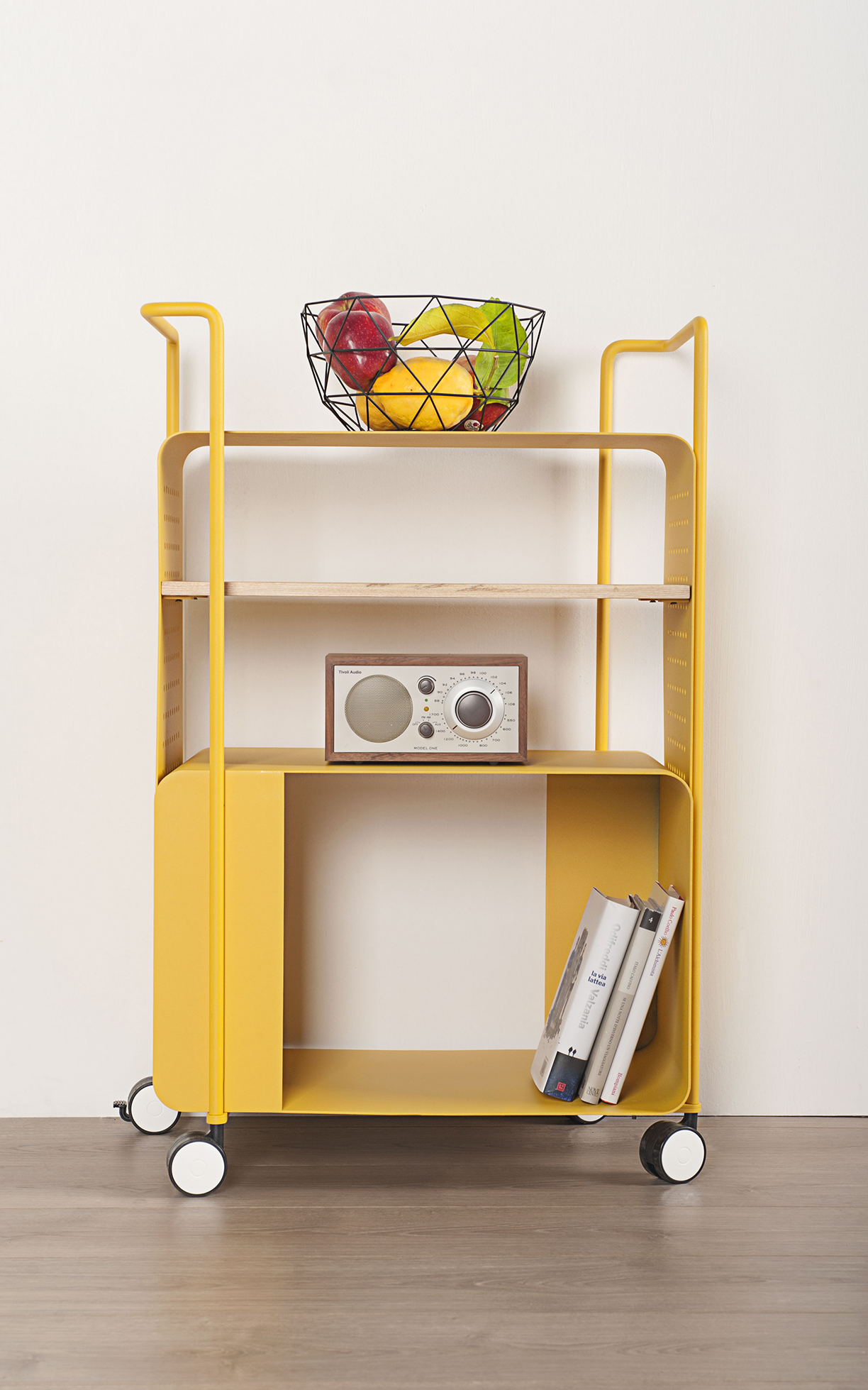
Photo courtesy of Lime Lace
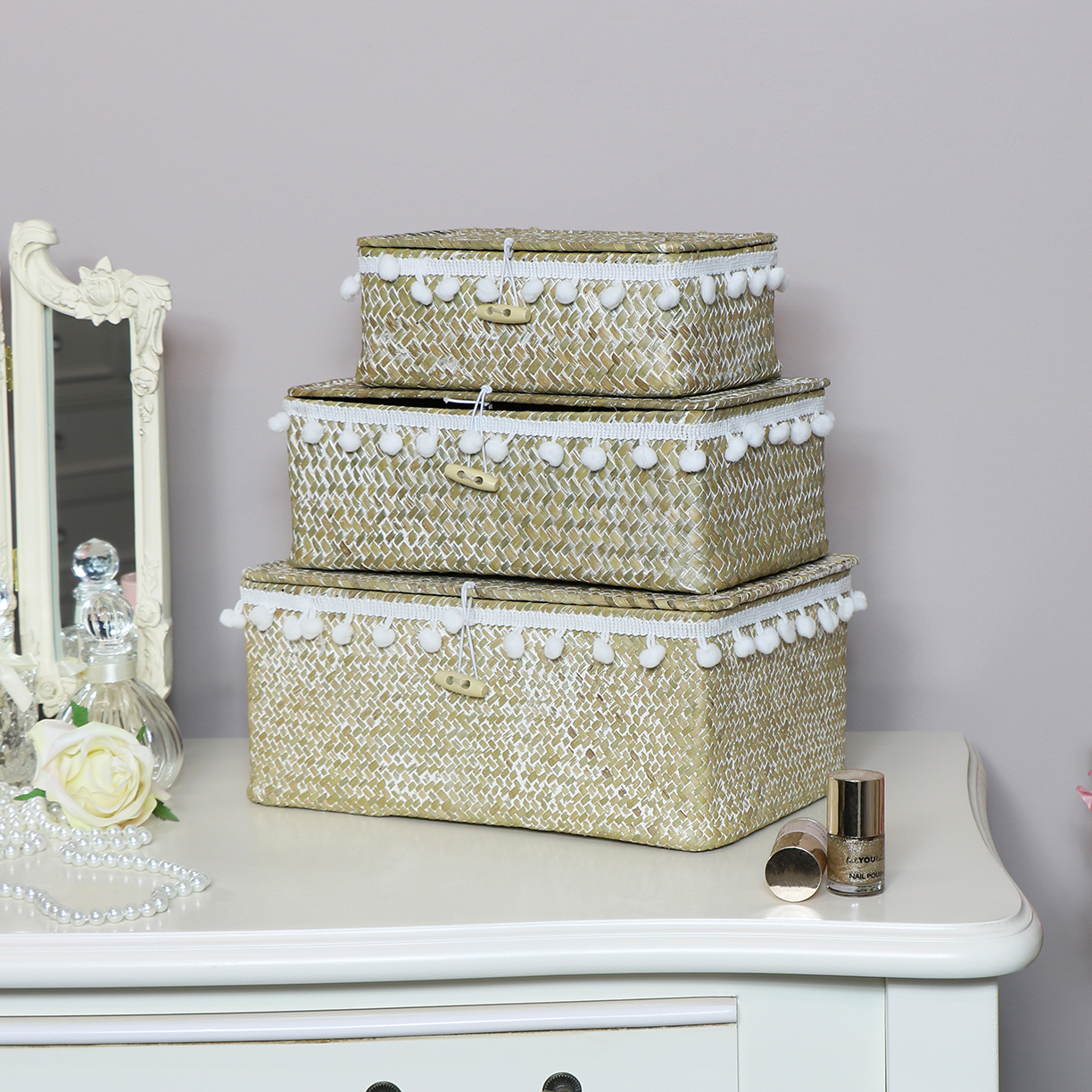
Photo courtesy of Melody Maison
There’s no shame in falling in love with storage space that is not the most functional. A few stacked baskets with a playful touch of fringe is a nice addition to your bedroom or bathroom. The layered look adds complexity and style to your room, and it can still be functional for small items and accessories.
When in doubt, try under the bed. The space below your bed was made for storing blankets, shoes, winter sweaters and more. Built-in storage is even less noticeable under your bed and ensures that you’ll always have a little extra room to stash your bulkier items or less used items. These clever built-in draws will help clean up any bedroom.
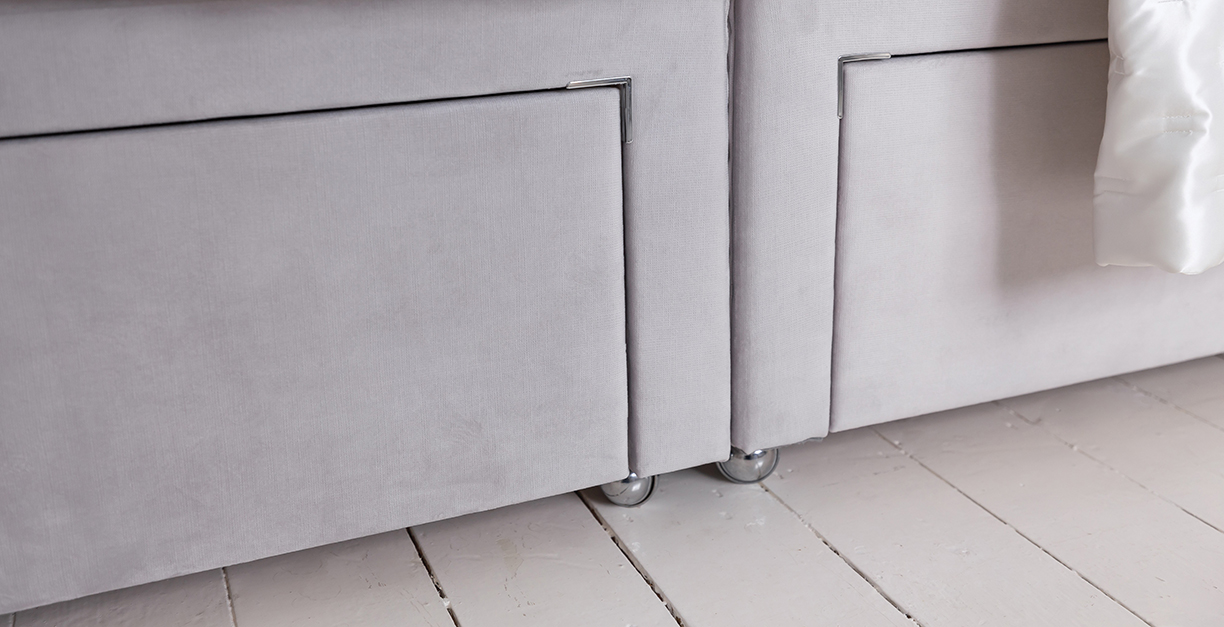
Photo courtesy of The French Bedroom Co.
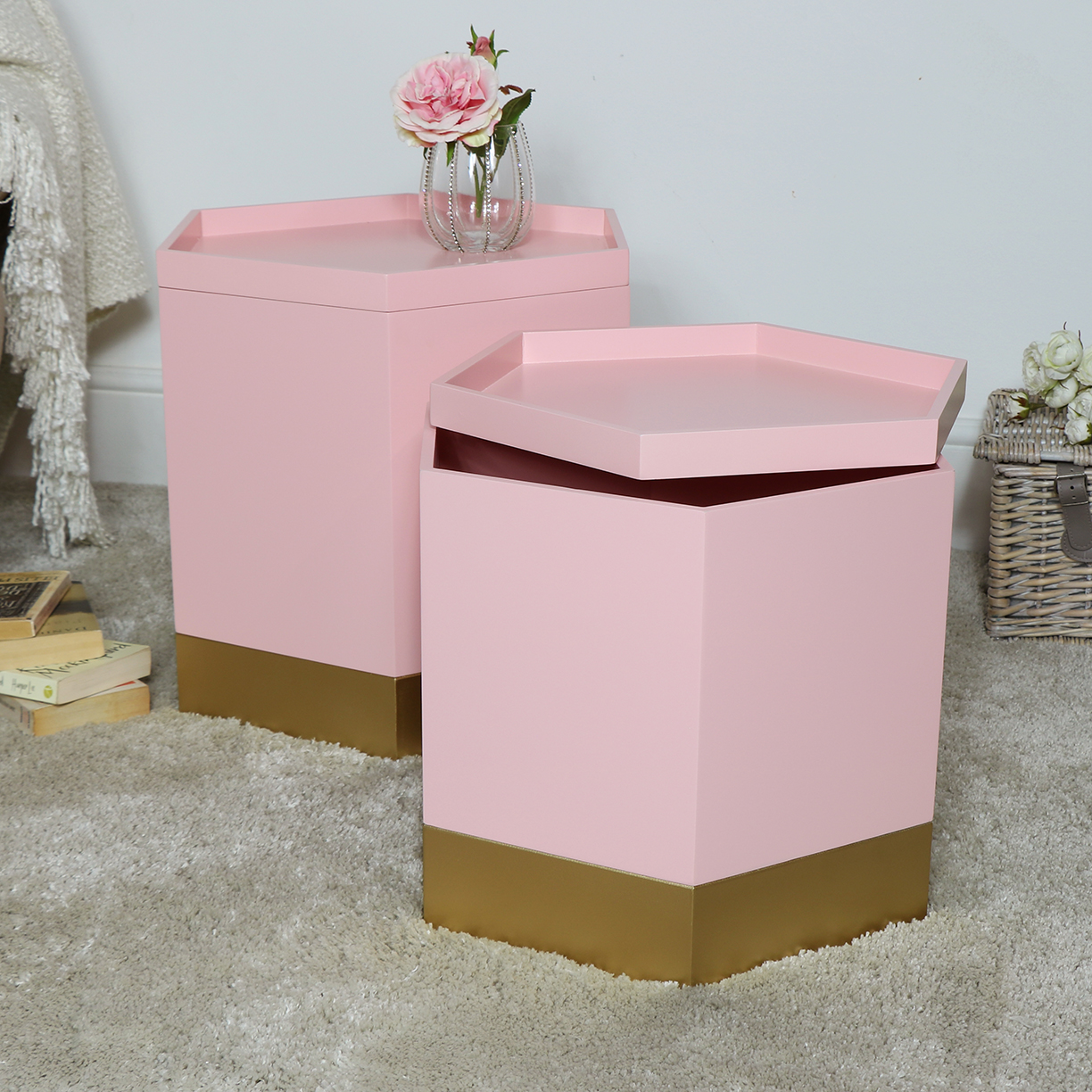
Photos courtesy of Melody Maison

Multi-functional is never a bad thing. Side tables, ottomans, benches, and other furniture that offer a hidden storage section is a dream come true. Forget searching for bulky storage options that take up space and ruin your decor. Find a charming side table that serves as a storage unit to declutter any room.
Boho may bring overwhelming patterns and a mix and match style of colors to mind but these refined expressions of boho are bringing a whole new touch of elegance and class to the term.
Choose the bohemian blend that is perfect for you and your home.
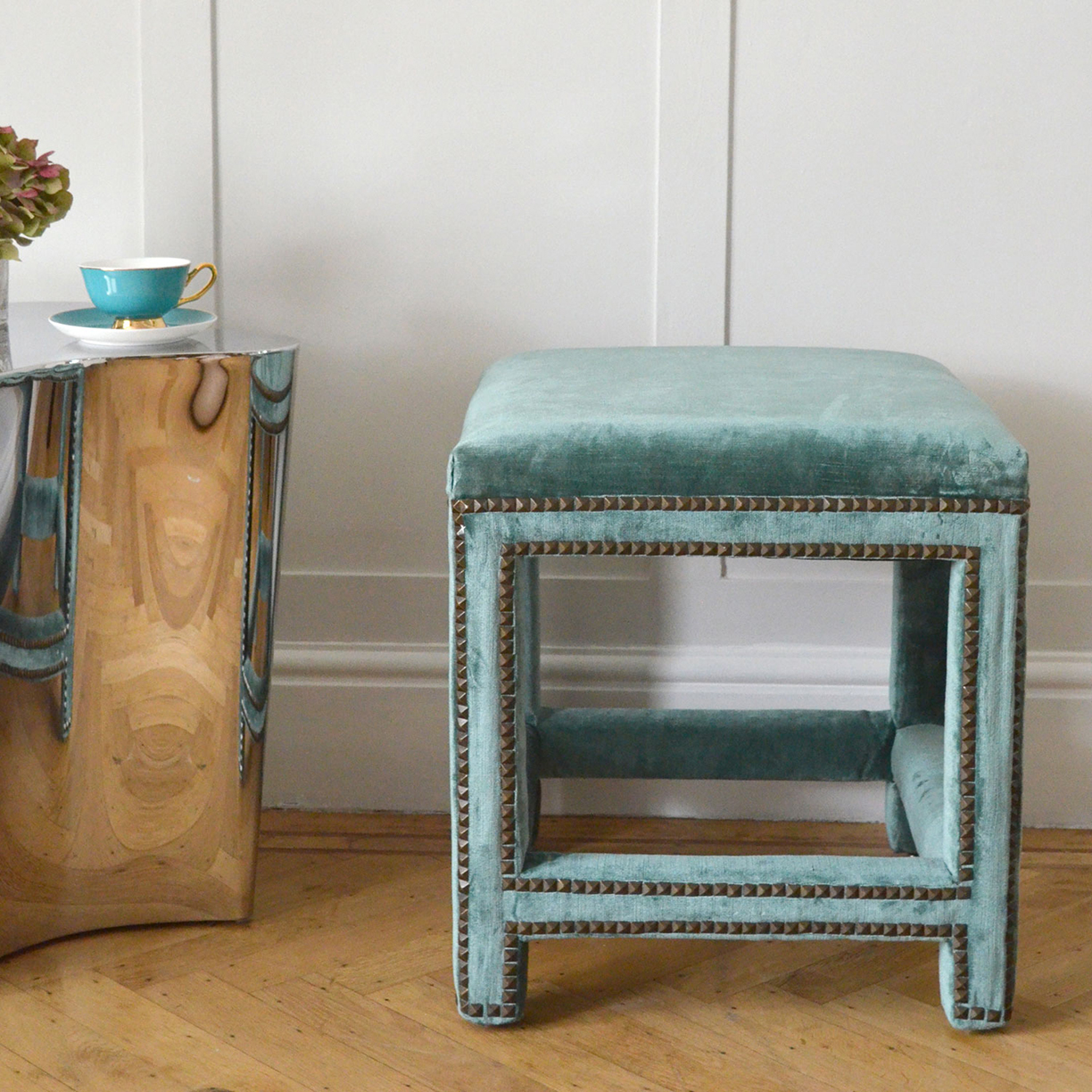
Photo courtesy of Sweetpea & Willow
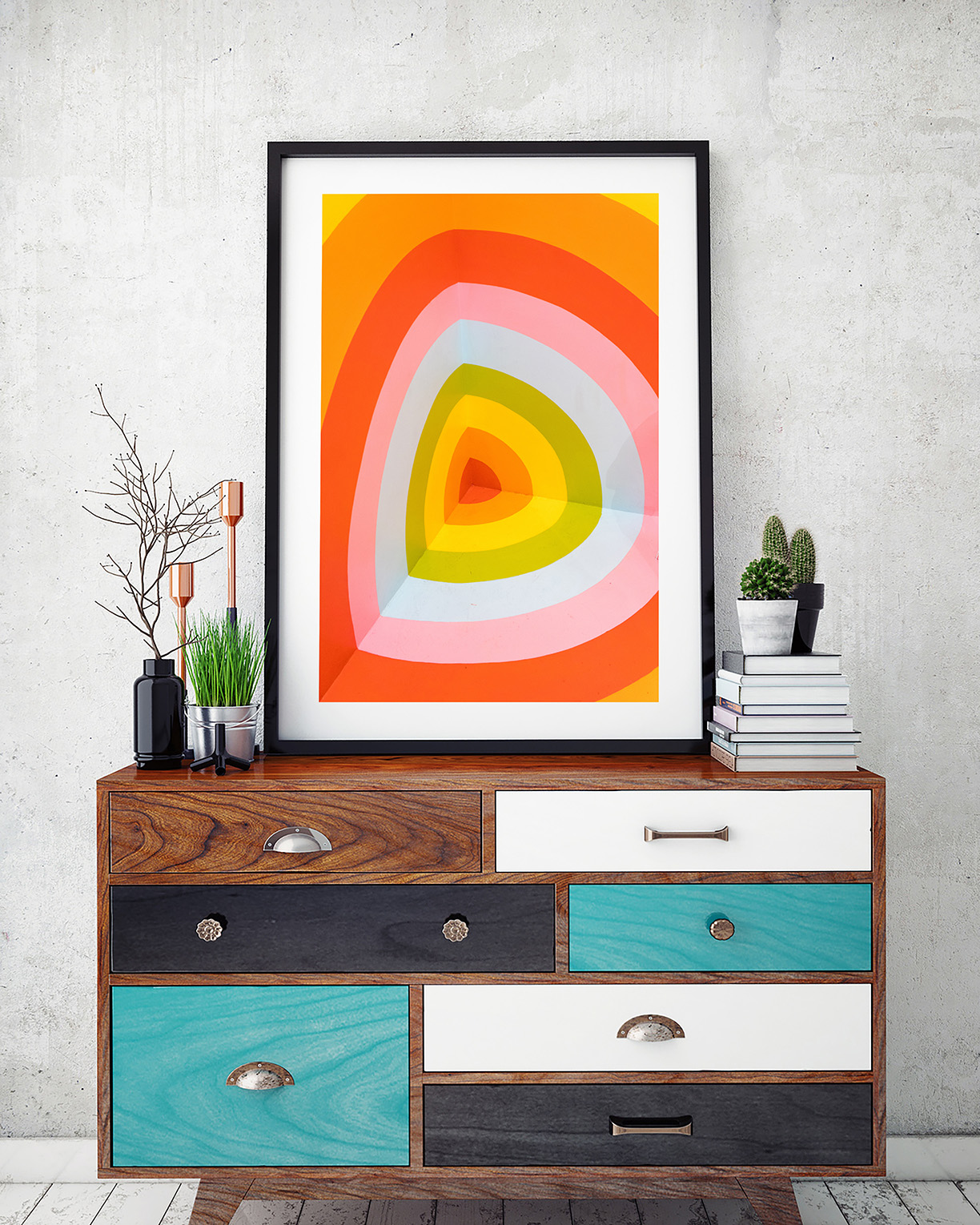
Photo courtesy of ABSTRACT HOUSE
African Boho
When many people think of boho style, they think of African inspired bohemia, namely the bright colors, clashing prints and metal tones that are often introduced into the décor of a boho themed living space. Include lanterns, jewel-colored cushions, and ottoman style seating to achieve this laid back vibe.
European Boho
European boho is a little more refined in its mix and match approach, though strives to look spontaneous. European style boho is characterized by vintage style furniture paired with rustic beaded curtains and quirky wall art. Layers, mixed fabrics, and statement wall décor will make or break this look.
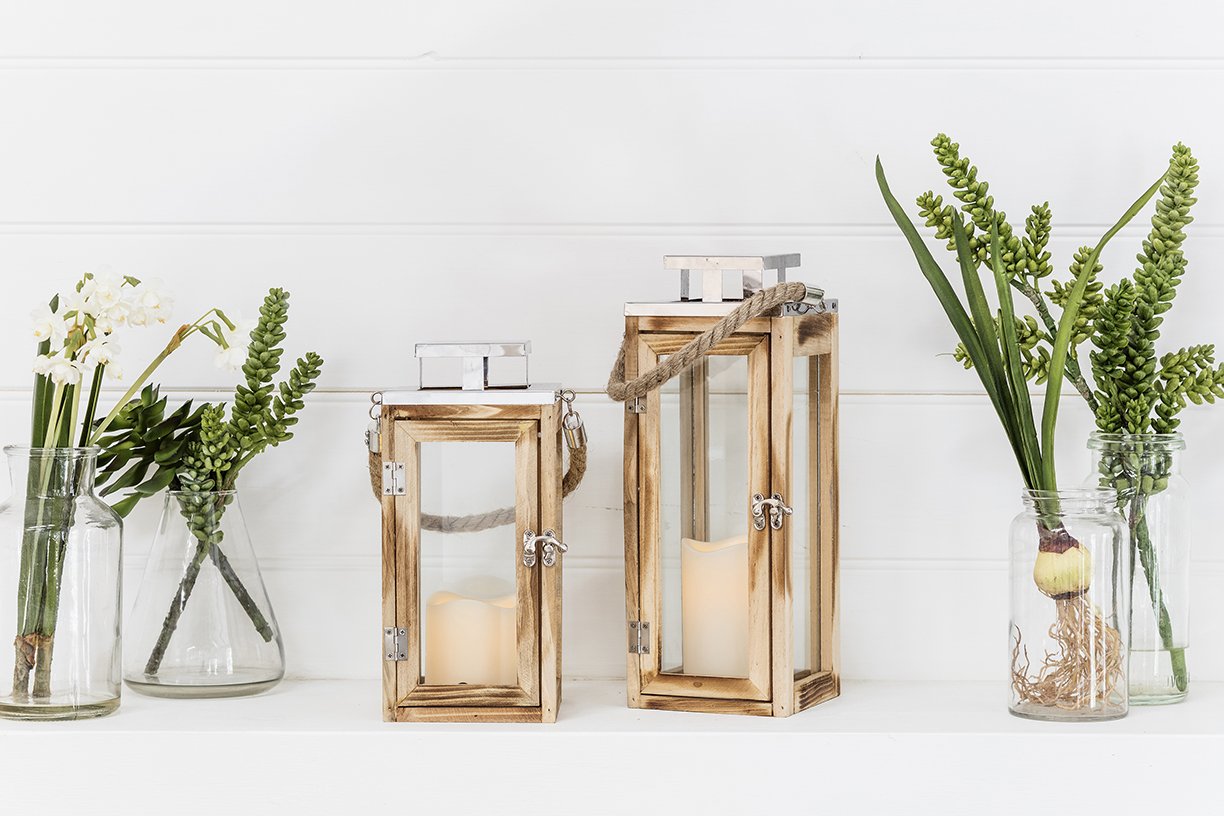
Photo courtesy of Lights4fun
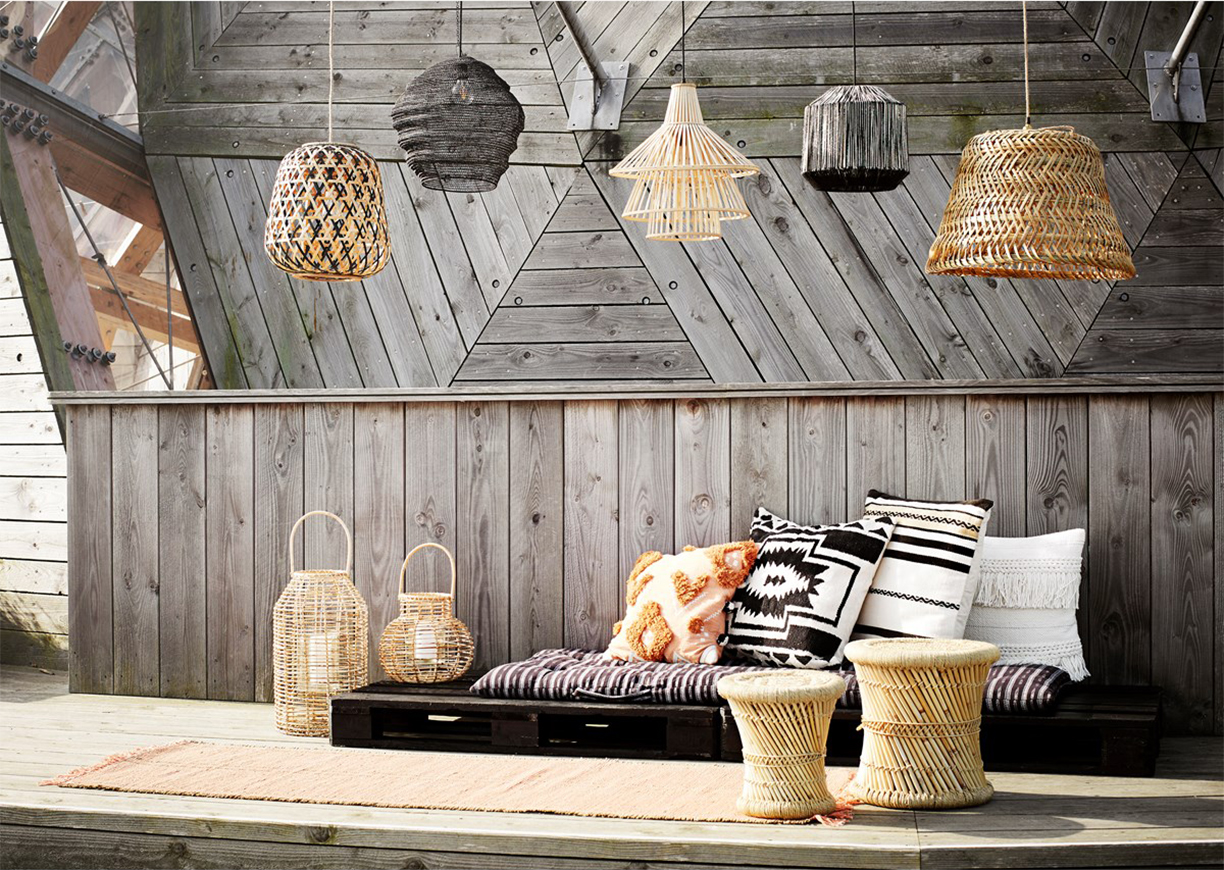
Photo courtesy of Flo & Joe
Western Boho
The 1960s and 70s saw a resurgence in bohemian style, one that was influenced by community living that became a prominent characteristic of the counter culture. The western bohemian style relies heavily on natural materials and fabrics to complete the aesthetic. Think exposed beams, tribal prints and pouffe’s or floor cushions rather than traditional seating.
Contemporary Boho
So what’s happening now with Boho style? Contemporary Boho style borrows from its processors but combines elements of the classic boho styles with modern minimalist living. Think white walls and floors, wicker seating and animal head wall art. Cushions and rugs add splashes of color while décor pieces can range from vintage to African to contemporary.
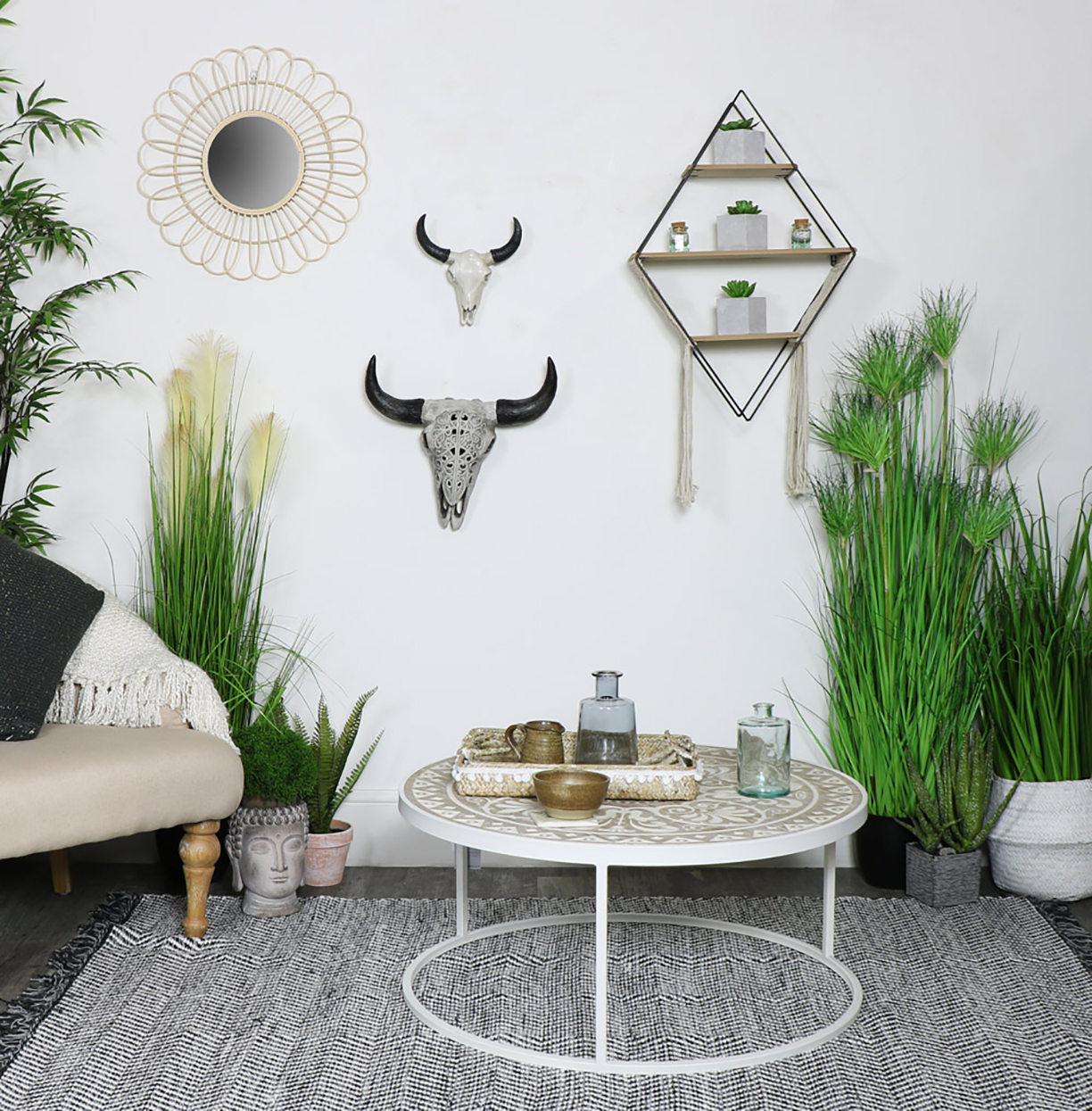
Photo courtesy of Melody Maison
For the nature lovers and equestrians alike, the iconic N3 Cattle Company — the largest land offering in the state of California — is back on the market. Featured in the Washington Post, San Francisco Chronicle and more, the ranch sustains a vital way of life that is disappearing from the California landscape.

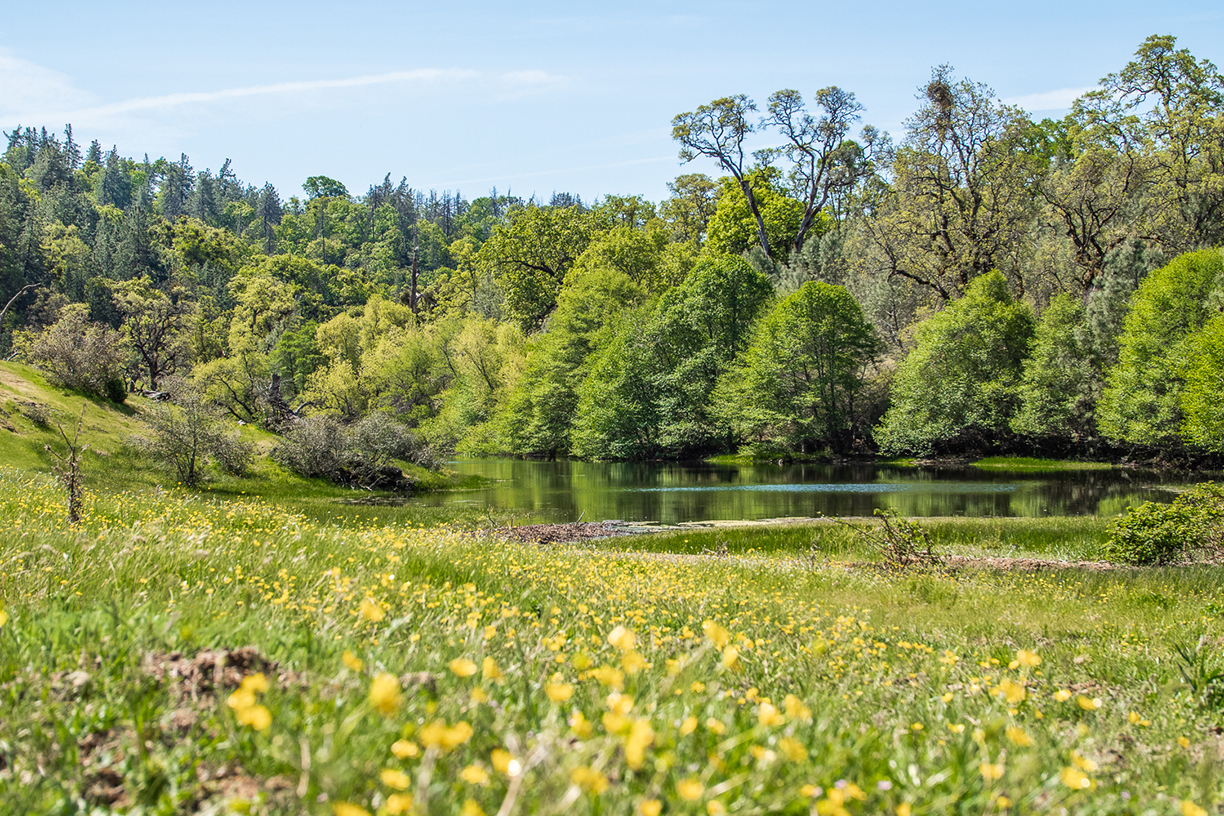
The $72 million dollar property has 50,500 completely private acres that have been uniquely preserved over the years. With over 80 square miles of flora, fauna and terrains, the property is a nature lover’s dream. Its location — just south of Livermore, east of Oakland and San Jose, and easily accessible from San Francisco and the East Bay — creates the perfect balance for the owner to enjoy the serene property while also visiting the bustling city life as well.
The Ranch is completely private and uniquely preserved, healthy and wild as it has been for hundreds of years. N3 has been a working cattle ranch for 85 years and offers a rare look at a way of life quickly disappearing.
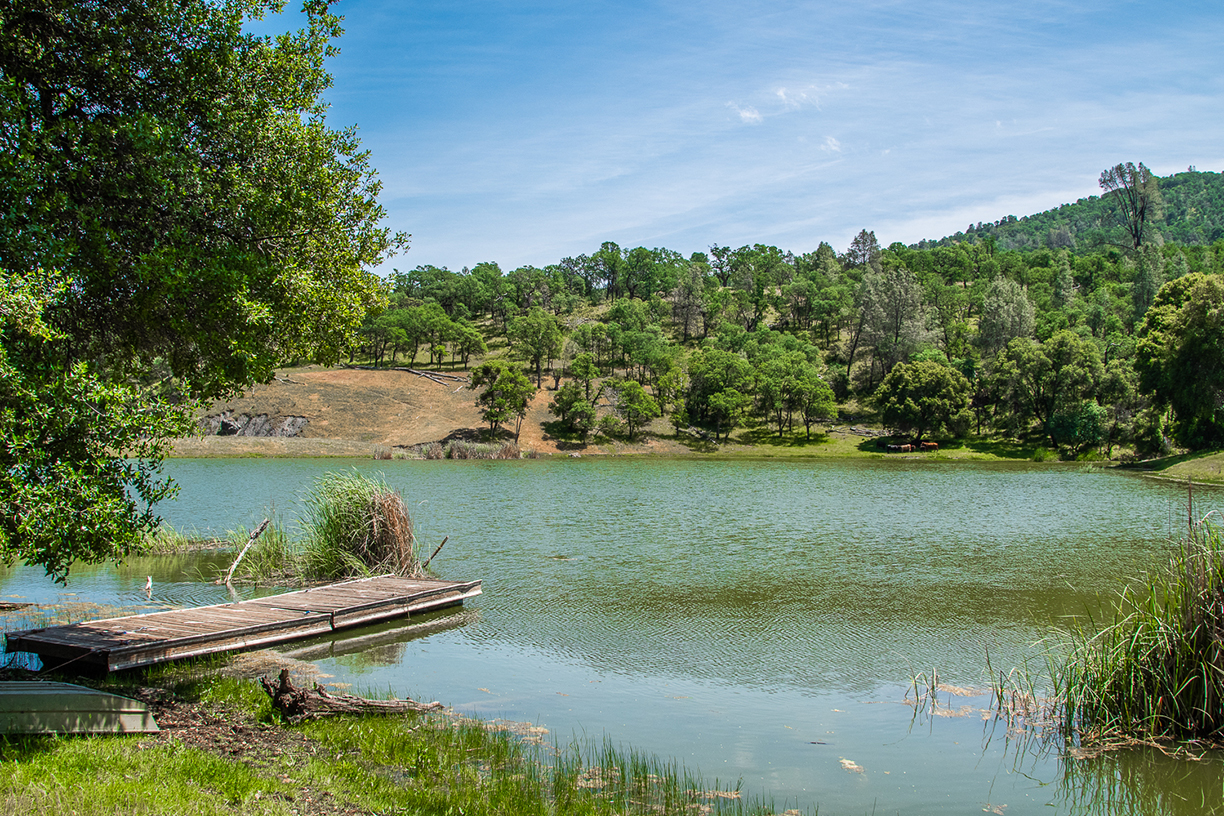


With four bedrooms in the main home, a one-bedroom annex and four homes for employee housing, one can live comfortably and luxuriously on the thousands of acres around them that are filled with nature and beauty.
Here are some more features of the property:
80 square miles of diverse terrains, flora, fauna, and important watersheds and creeks
200 miles of private roads that are ready for hiking, trail running, mountain biking, and ATVing
Can accommodate 650 cow/calf pairs year-round, 1500 cow/calf pairs seasonally or 3,200 stockers seasonally
14 hunting camps located throughout all with cabins, water, propane, & skinning sheds
Enrolled in Williamson Act and has no conservation easements
Photos courtesy of California Outdoor Properties
Cocosan Villa, nestled high in the San San Estate in Portland Jamaica, forms part of the Geejam Collection. It offers a uniquely designed take on contemporary Jamaican living. This villa features six bedrooms with balconies overlooking scenes of the beautiful parish of Portland and eight bathrooms.
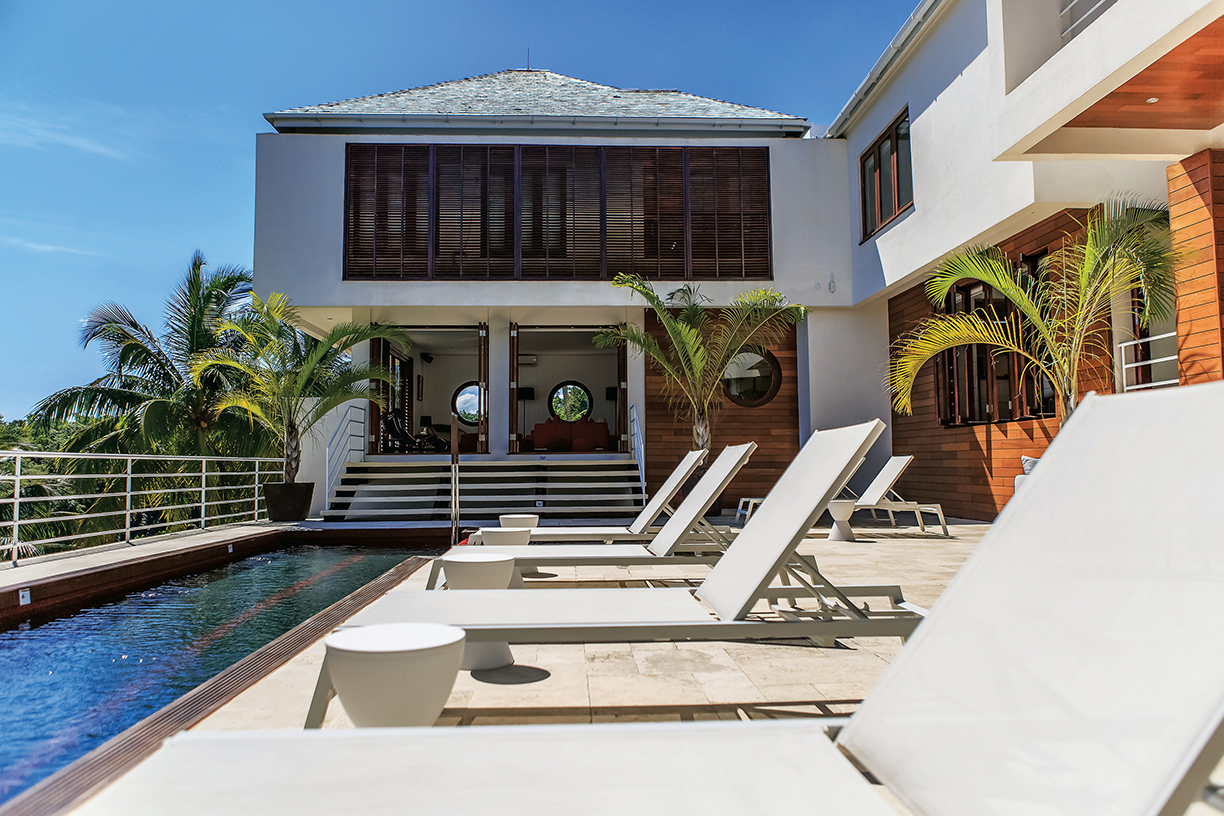
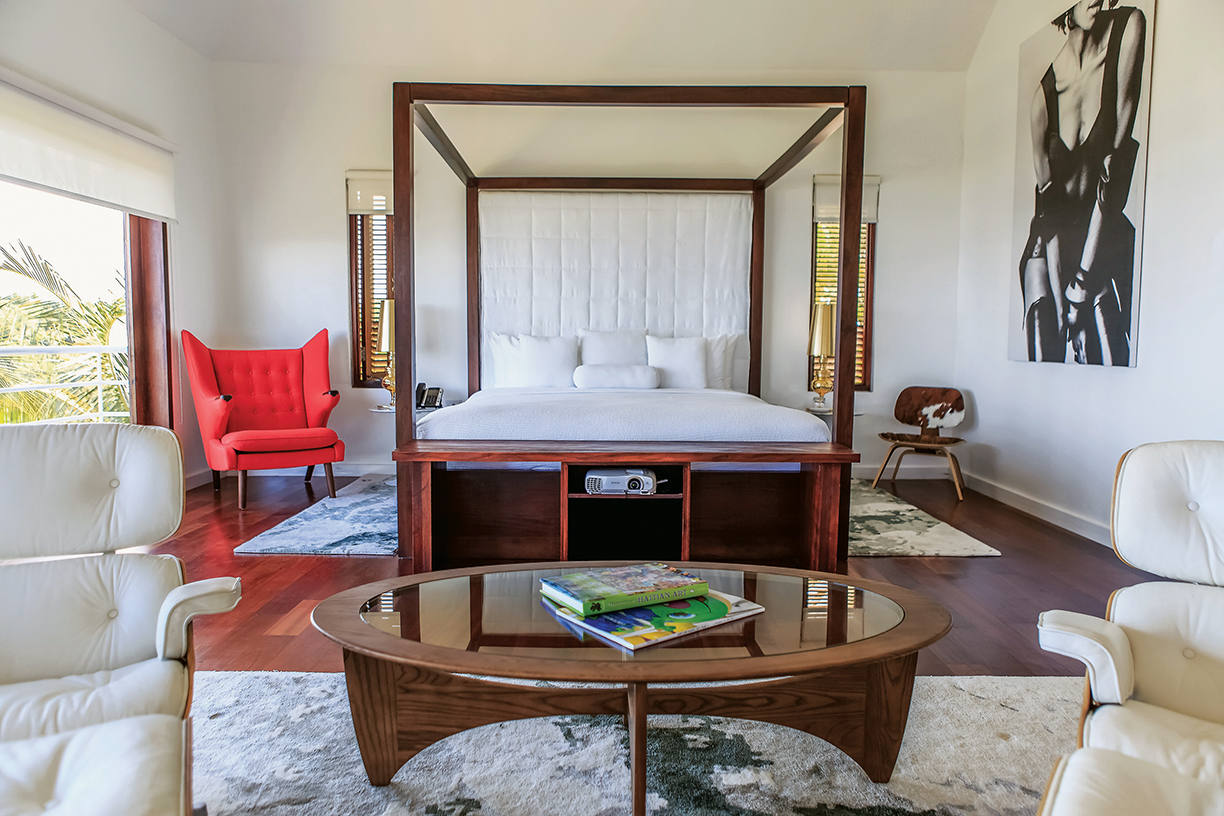
Cocosan’s upscale design is poised with elegance and modern day comfort, while engaging the tropical aesthetic of the Caribbean. The property, listed by Kaili McDonnough Scott of Coldwell Banker Jamaica Realty for $2.9 million, also boasts a gym, sauna, heated lap pool and Jacuzzi, and state-of-the-art kitchen.
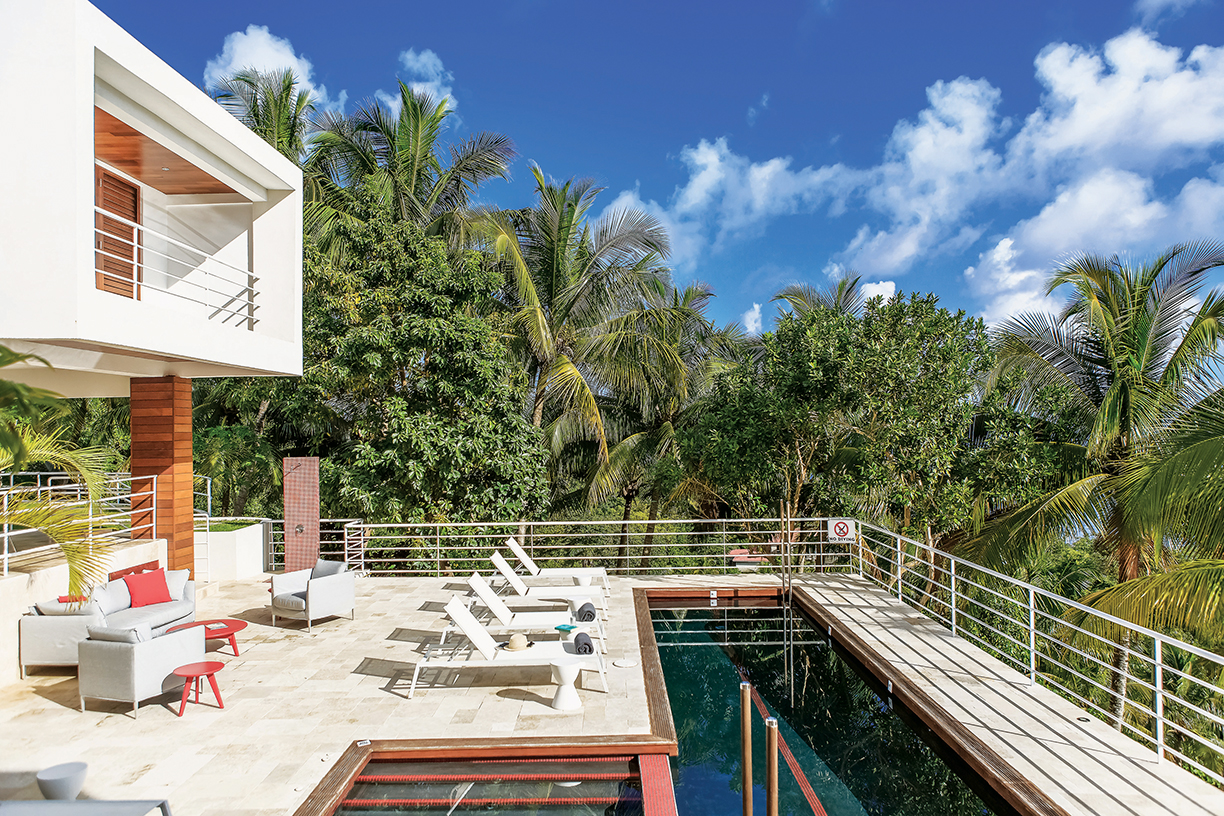
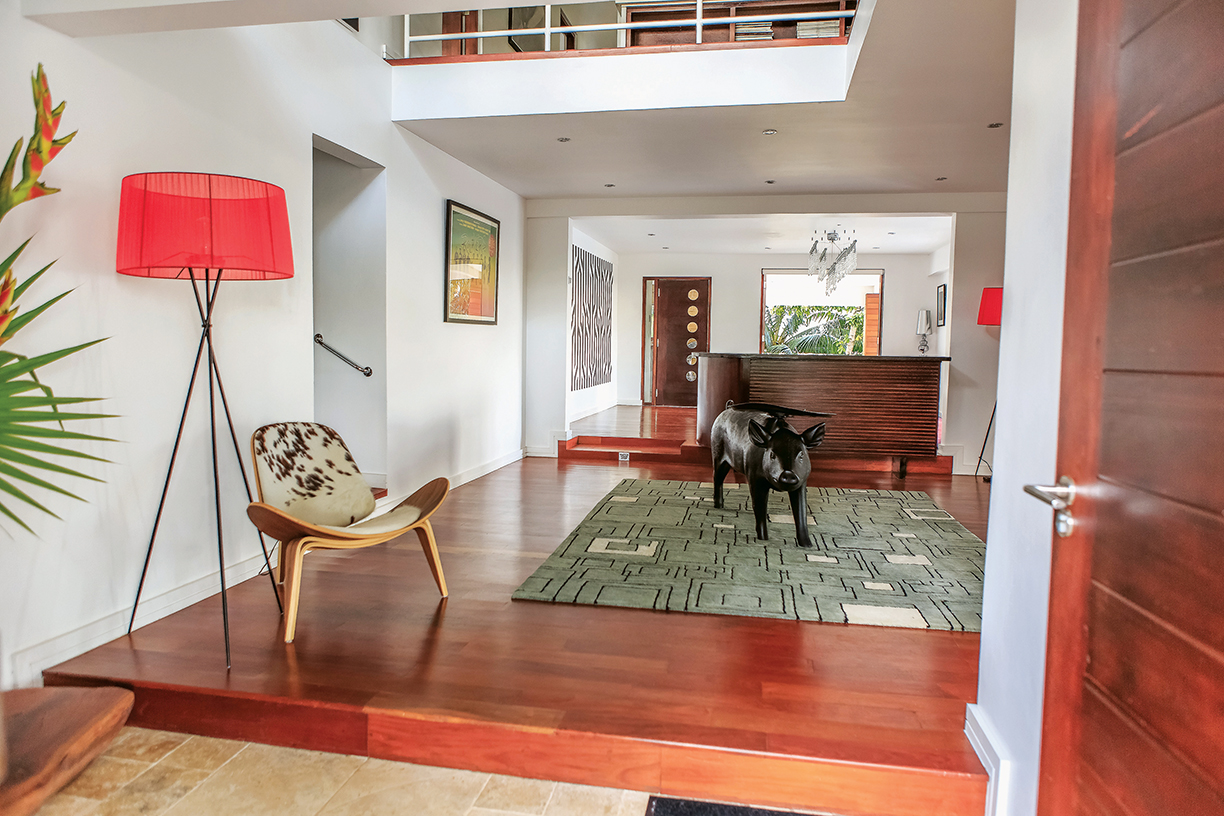
Consistently ranked among the world’s top places to visit, Mexico City is a global capital welcoming more than 12.5 million visitors each year with its renowned cuisine, vibrant culture, rich history, unique neighborhoods and modern-day travel offerings.
Over the years, the city has become a sprawling metropolis bursting with a vibrant personality blending old and new. Each of the distinct neighborhoods, or “colonias,” attracts tourists from all over the world to experience their unique culture.
The Roma neighborhood is home to Mexico City’s trendy creative class. Bursting with colors, the streets are filled with restaurants, galleries, bars, foodies, artists and eclectic bed and breakfasts. The neighborhood is the namesake and filming location for Alfonso Cuaron’s internationally acclaimed movie, “Roma,” which won three Academy Awards in 2019.
Located just a few blocks from the house where “Roma” was filmed, Ignacia Guest House is an ideal bed and breakfast for the visitor who wants to embrace the art and culture of the city. Blending history, Mexican artisan tradition and the city’s contemporary culture, Ignacia Guest House opened its doors in February 2017. The name is derived from the housekeeper who looked after this 1913 casona for over 70 years, Ignacia.
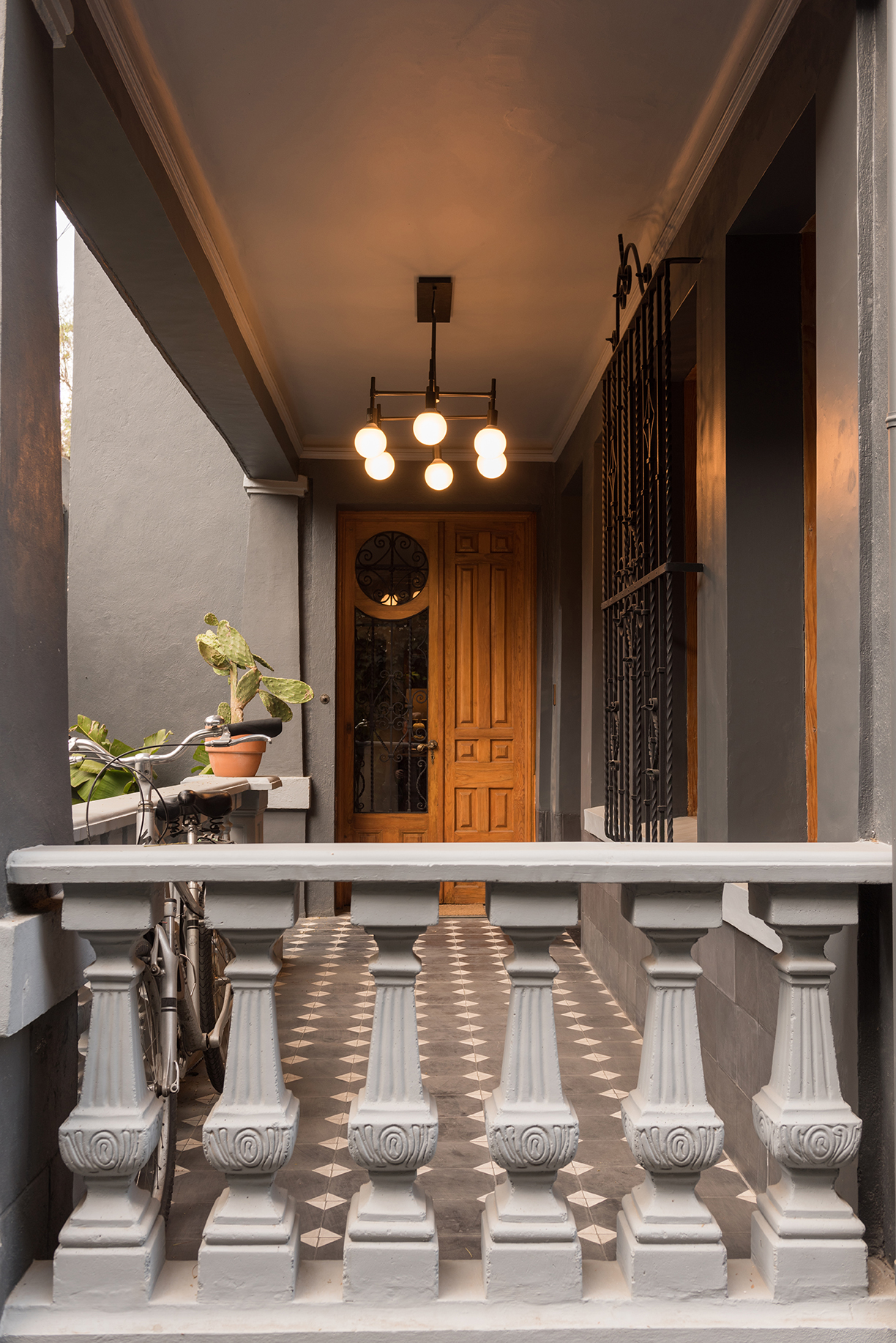
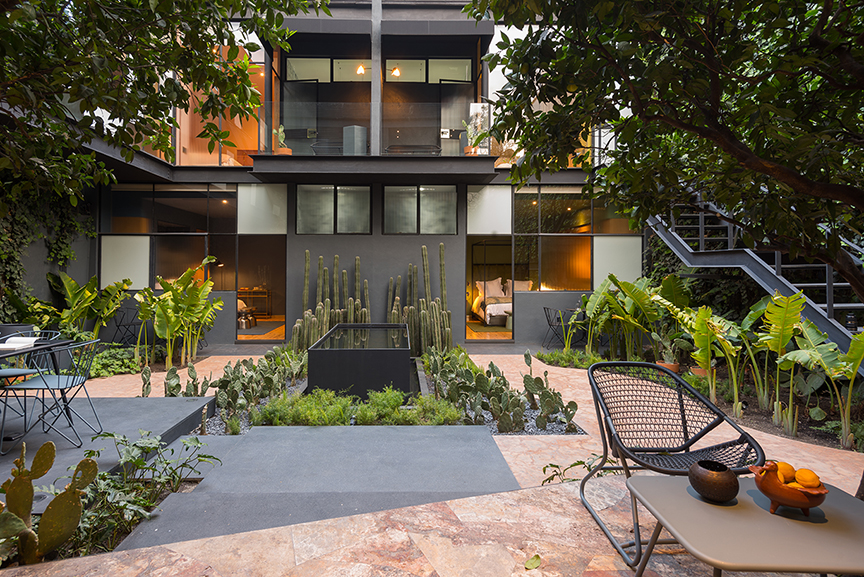
The bed and breakfast allows visitors to immerse themselves in the city’s culture. Each morning, the guest house’s chefs make a trip to the local market to purchase organic, local ingredients for the day. The design of the house itself also proves to blend a contemporary design and a reflection of the city’s timeless culture. With its chromatic color palette and unique interior furniture, the bed and breakfast creates a contemporary living space without losing the charm of the city’s culture.
The Ignacia Guest House is a quintessential example of a spot where visitors can expose themselves to the beauty of Mexico City and all it has to offer to tourists from around the world.
Photos courtesy of Jaime Navarro
Transform your space with the perfect area rug. Trust stylish finished designs or customize your space with a tailored project.
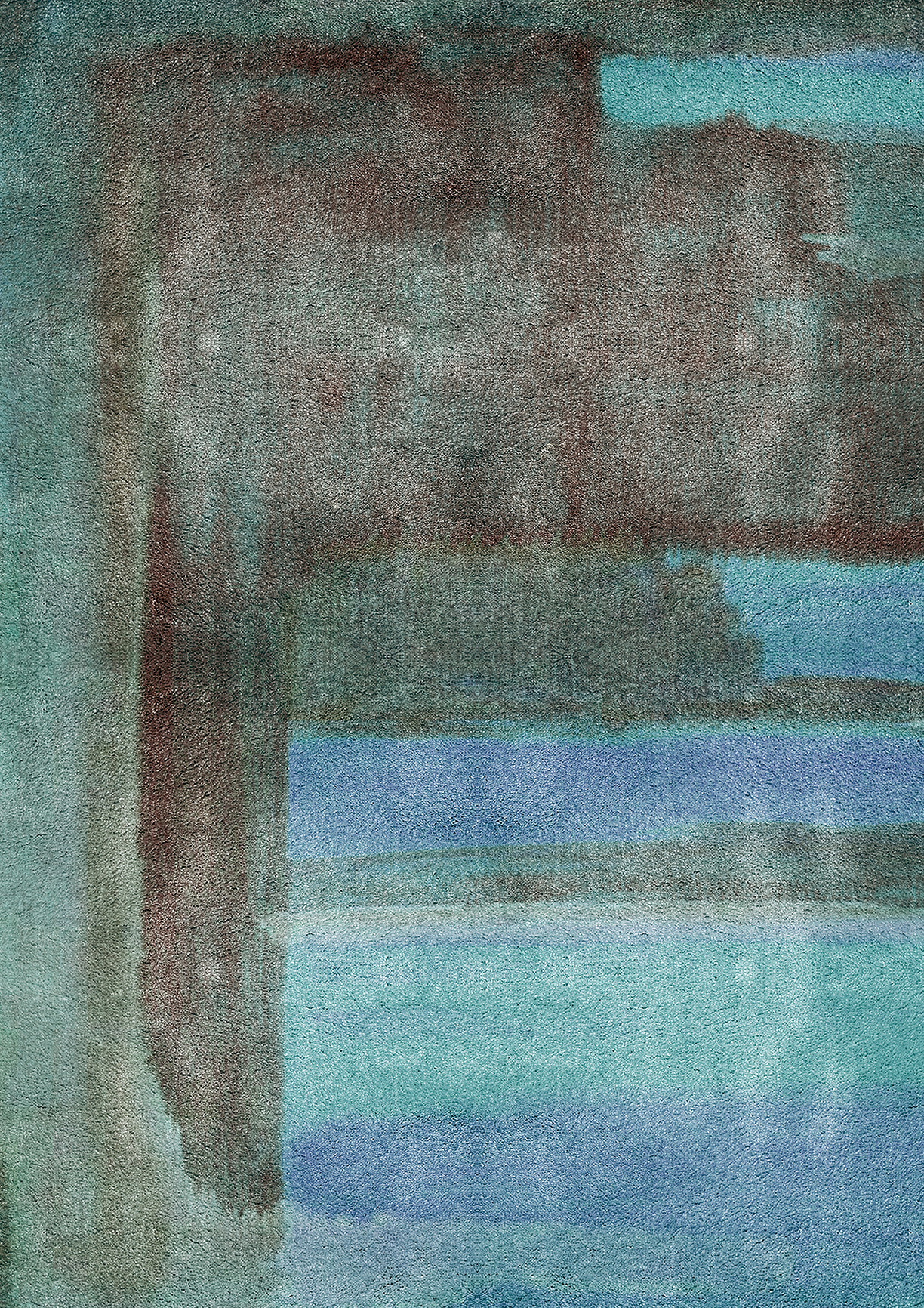
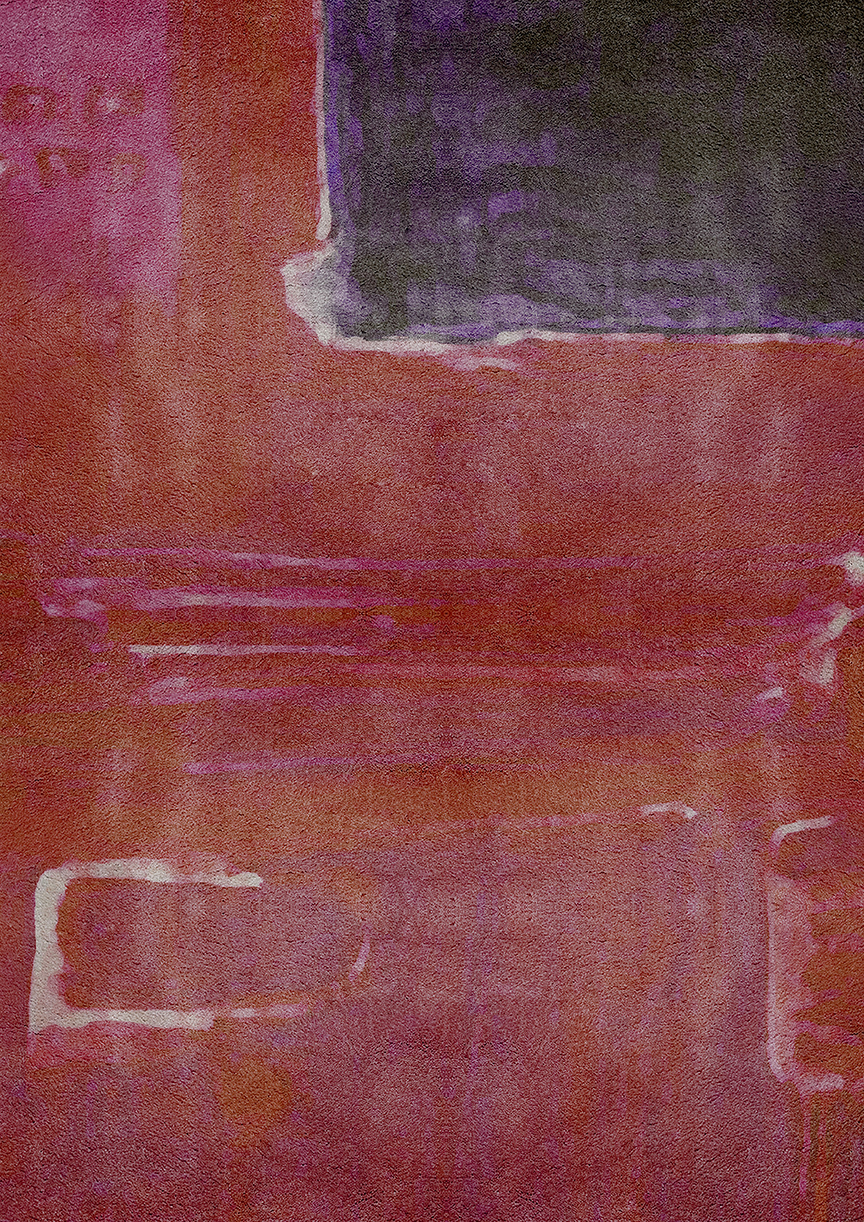
Customize Until You’re Content
Rug’Society offers a bespoke customization service that is flexible and fun. Customers choose from a variety of colors, shapes, patterns, and textures to create a rug they can enjoy for years to come. The company also offers the help of a brand expert to guide you through the process.
Complete any room in your home with a rug that is uniquely you. Whether you’re looking for warm colors and plush textures, or an elegant neutral rug, there’s plenty from which to choose.
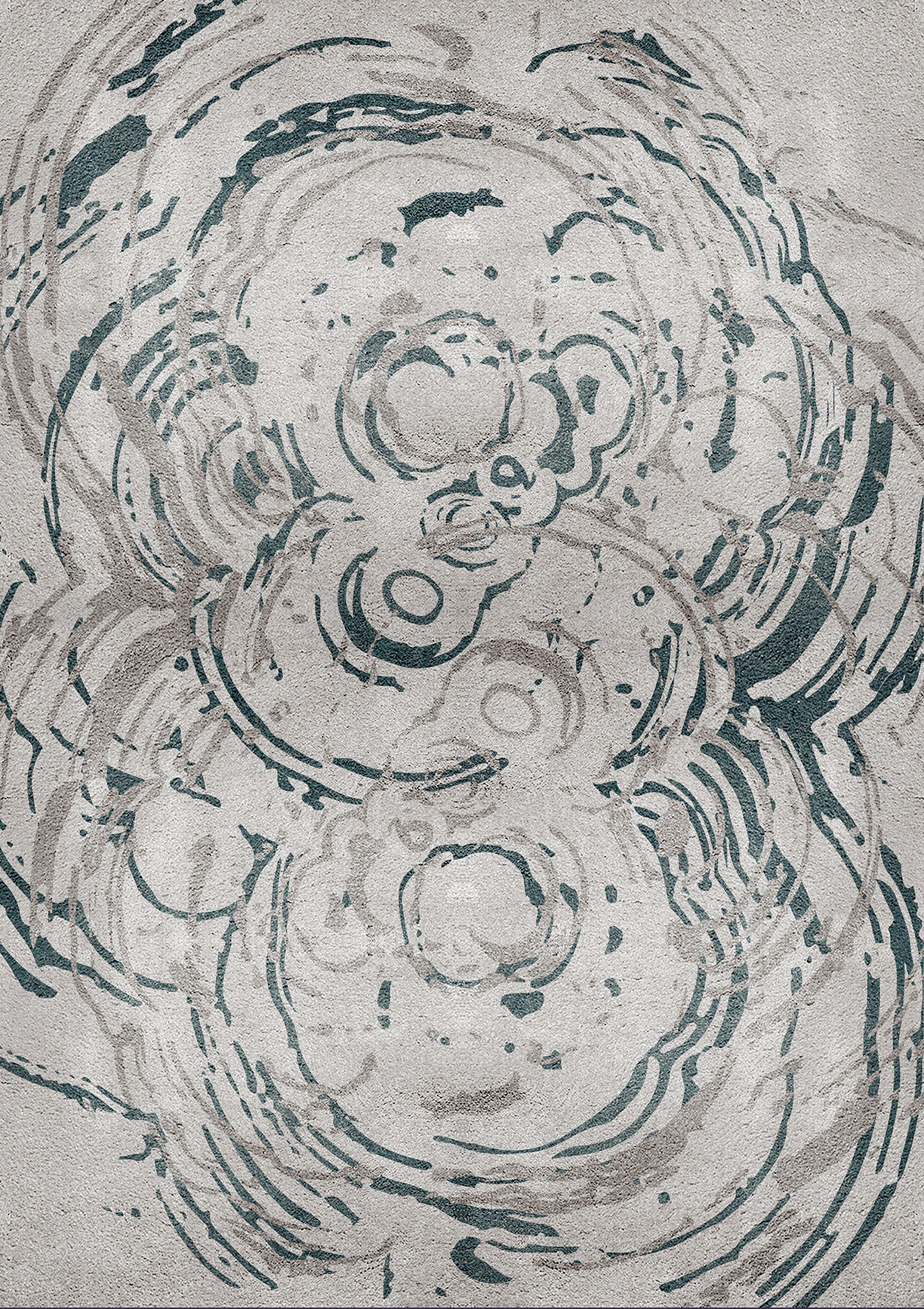
Choose the Right Rug for You
Bare floors are the perfect canvas for an inspiring, conversation-starting area rug and they are often a focal point in a room. Choose a larger area rug to create a gathering space in your living room.
For the bedroom, create a cozy domain by placing a rug under your bed allowing it to extend forward. This can give the appearance of a bigger space full of comfort.
Consider what type of traffic a rug will endure before purchasing. If you need a rug for your living room, remember to choose something that can withstand the occasional coffee spill or stray crumb.
Darker colors, whether they are on your walls or your floor tend to make a space feel smaller, while lighter shades can open a room up, making it feel larger.
Place you’re furniture along the edges of a beautiful rug making it visible for you and your guests to fully enjoy. This also helps create a more spacious feel.
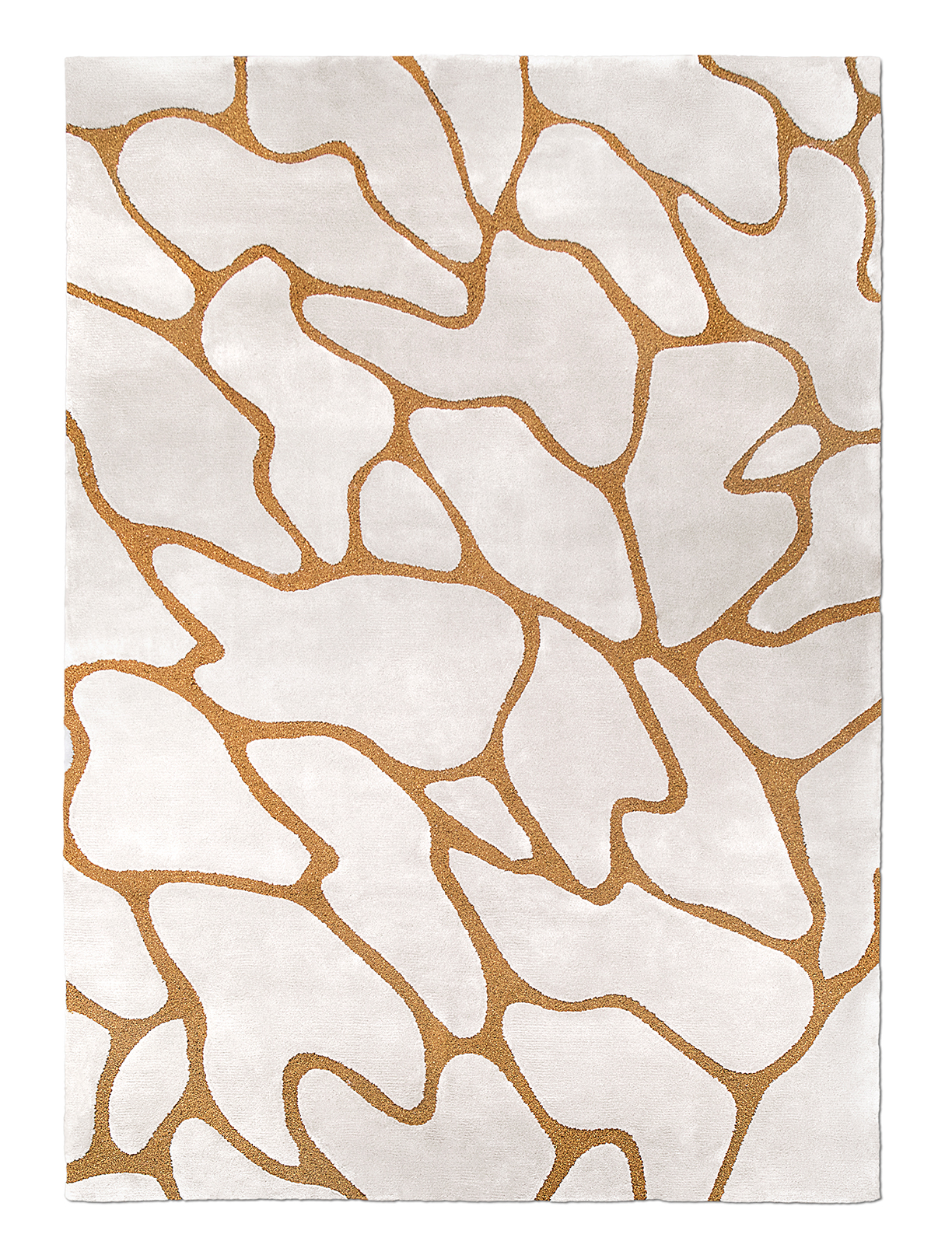
Trends You Don’t Want to Miss
Neutral Colors — discreet tones can add an elegant touch.
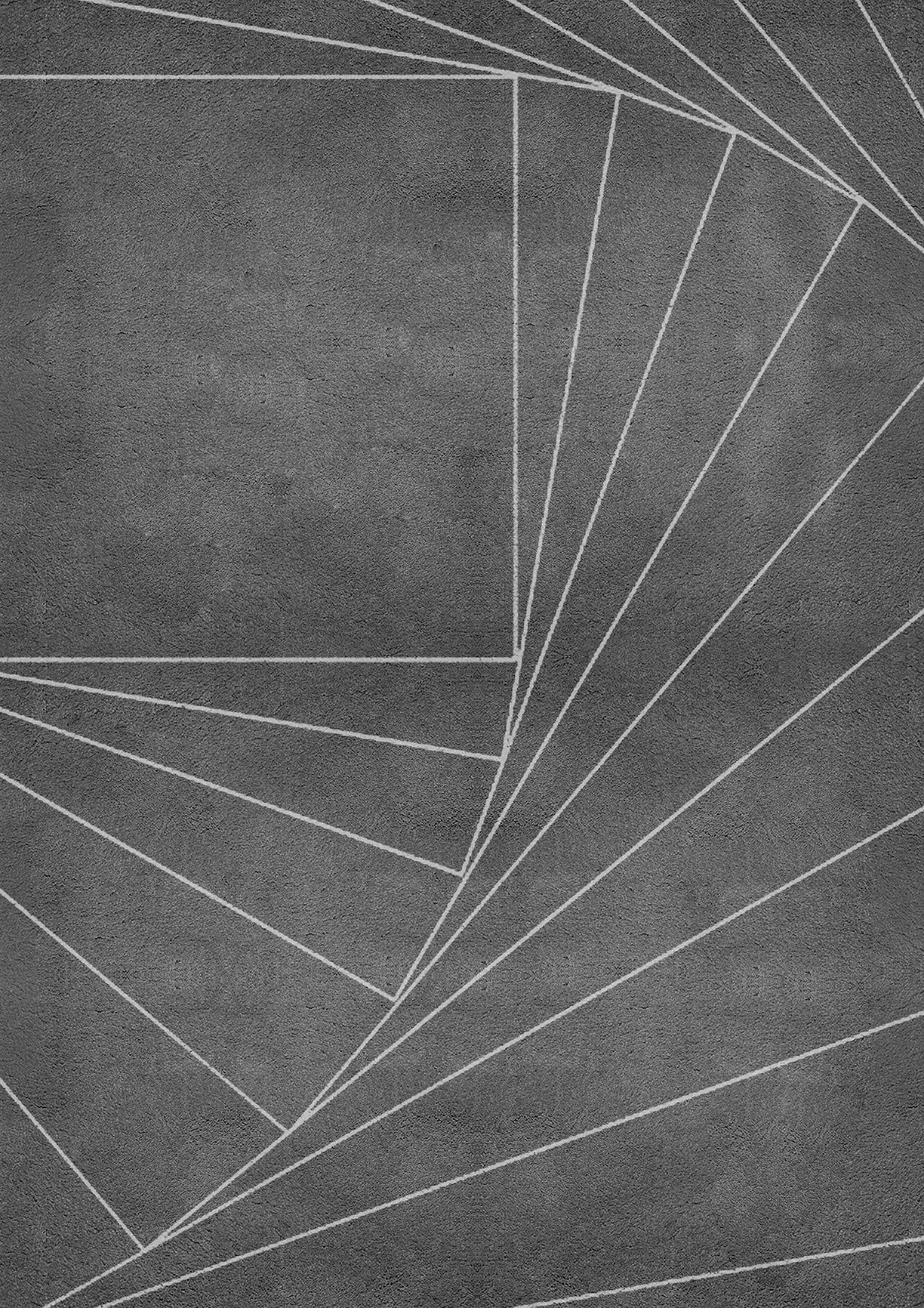
Asymmetrical — the trend breaks tradition with eye-catching designs.
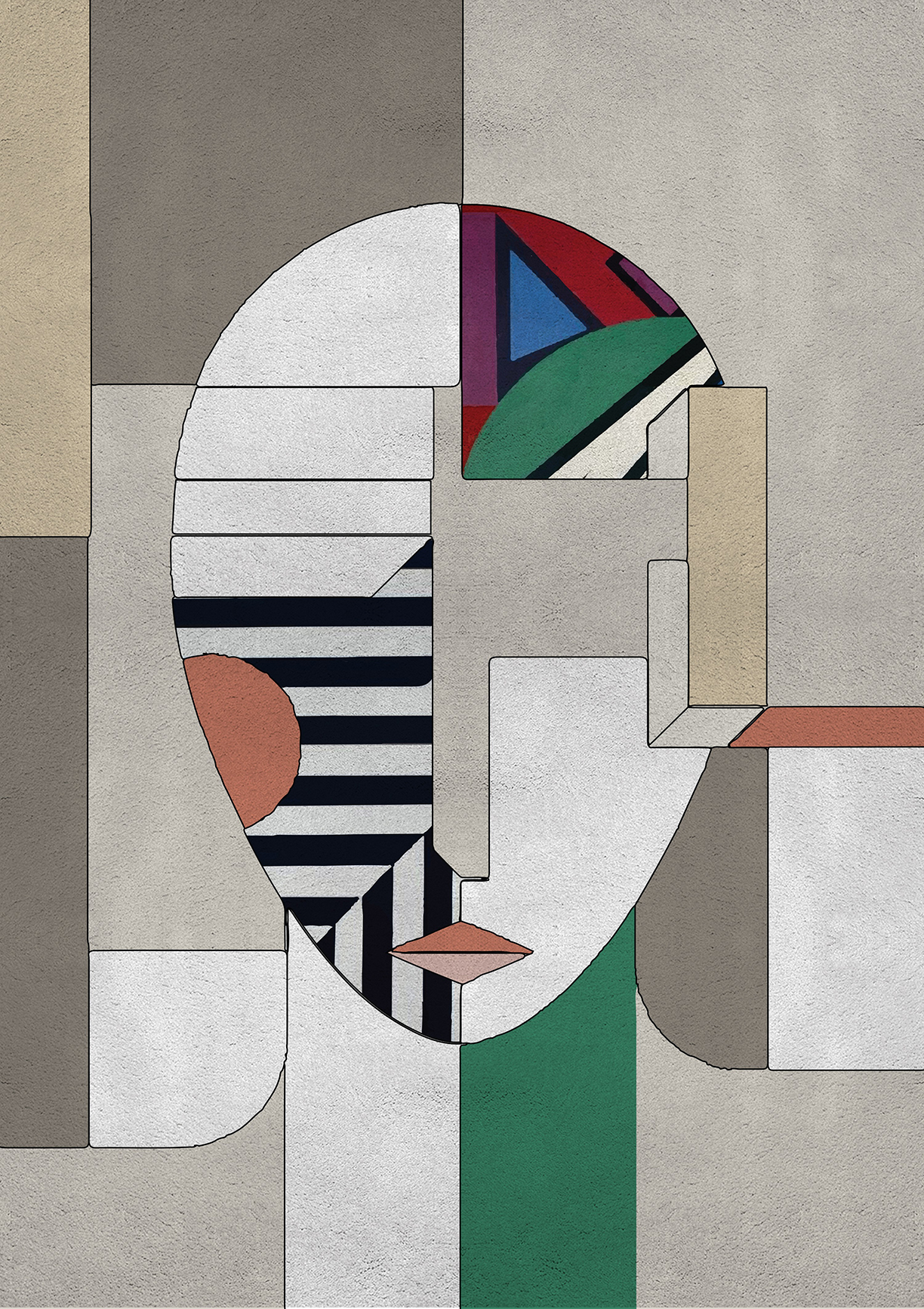
New Vintage — classic themes mix perfectly with modern elements.
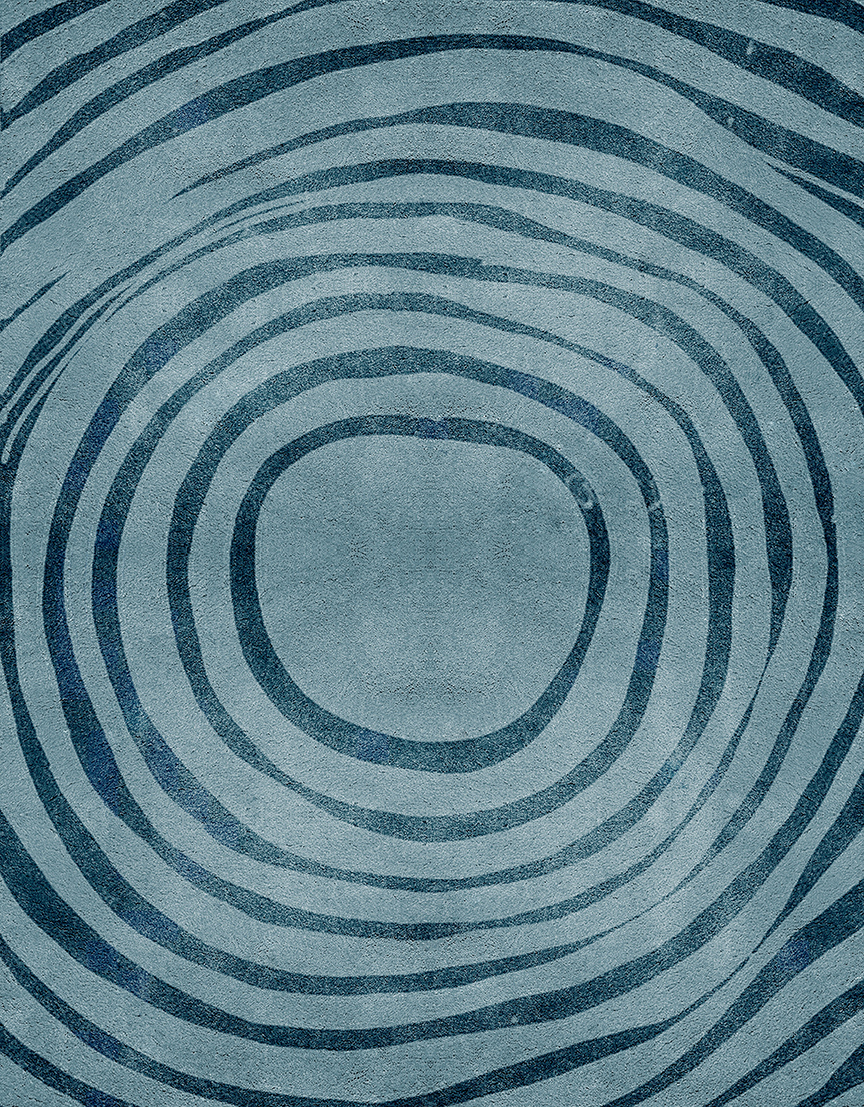
Neo-Cubism — geometric shapes and 20th-century avant-garde expressions.
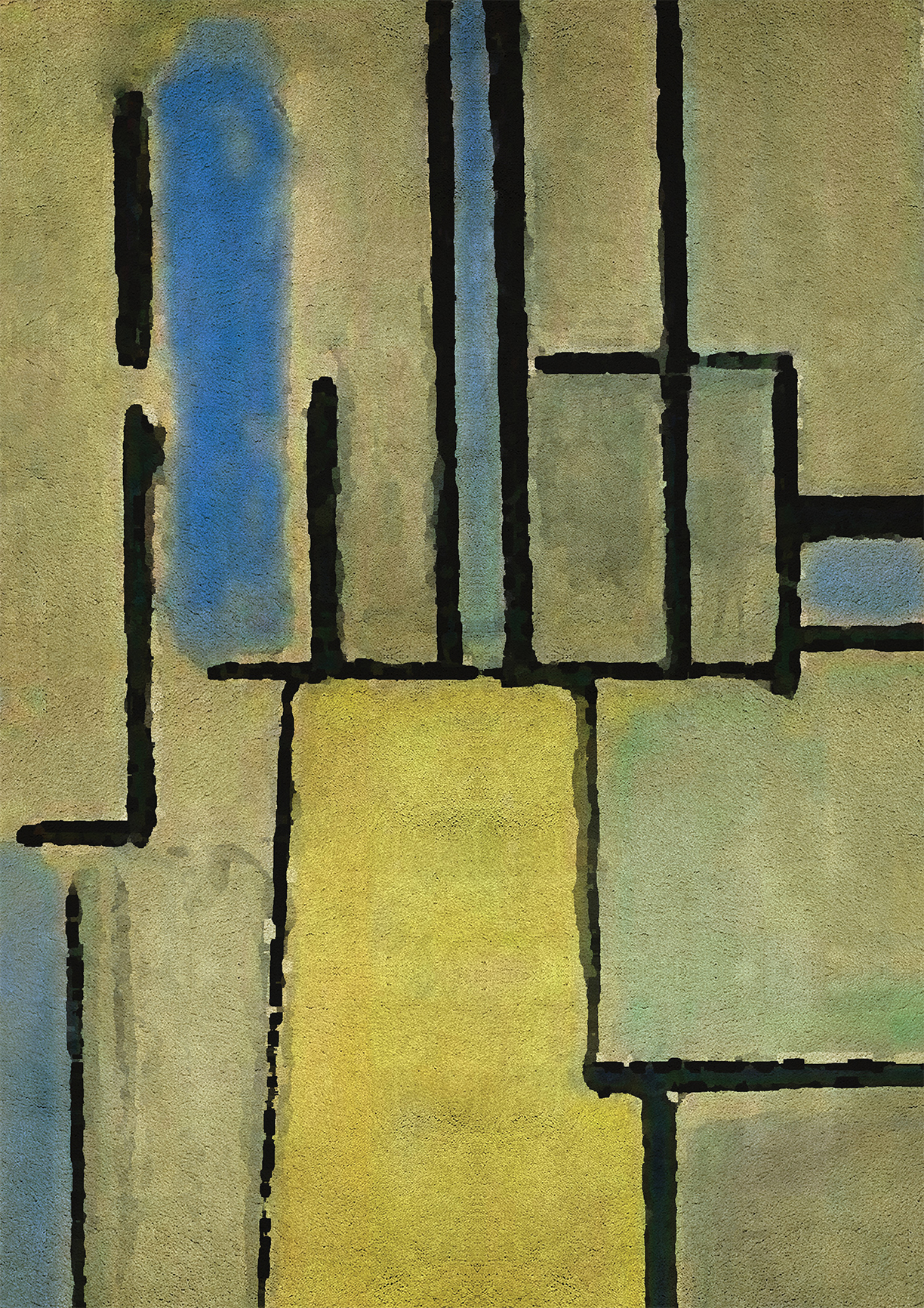
Photos by Rug’Society










